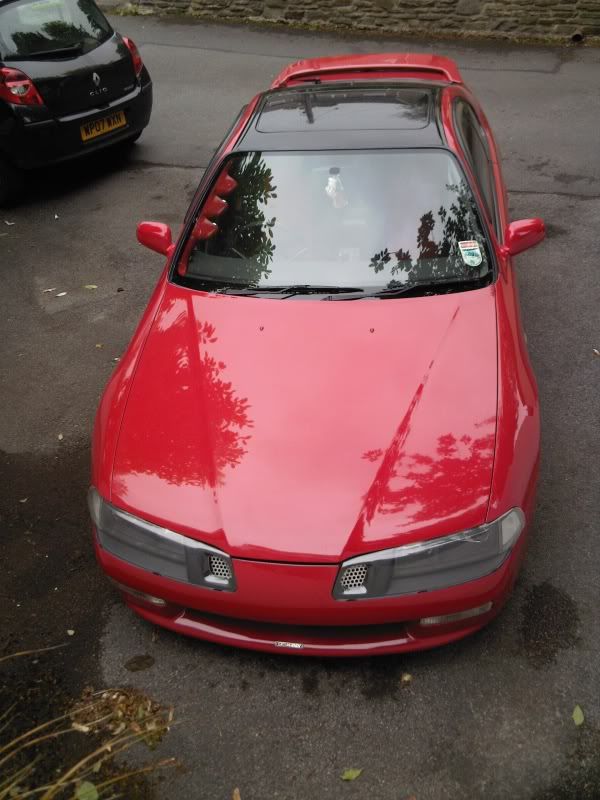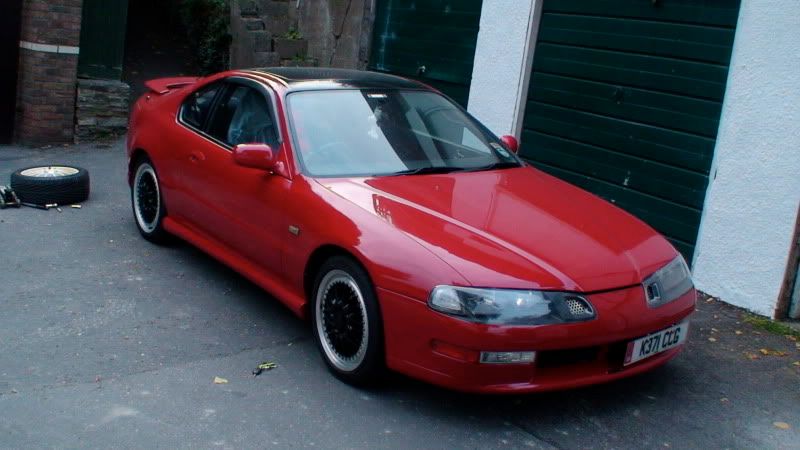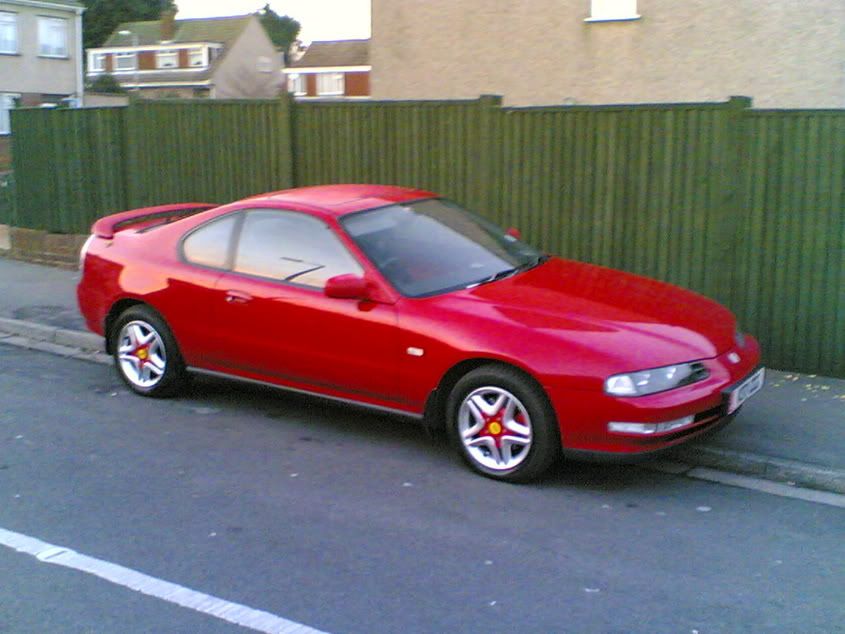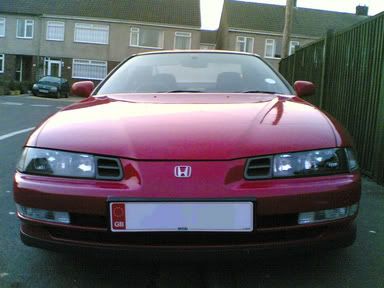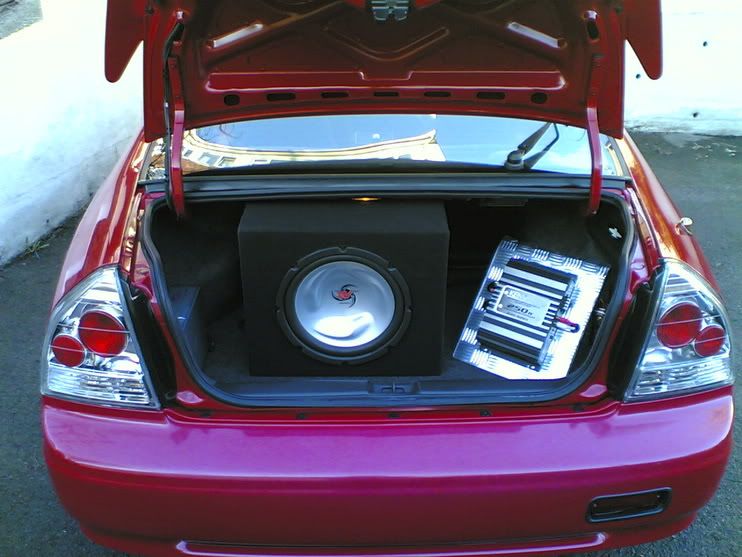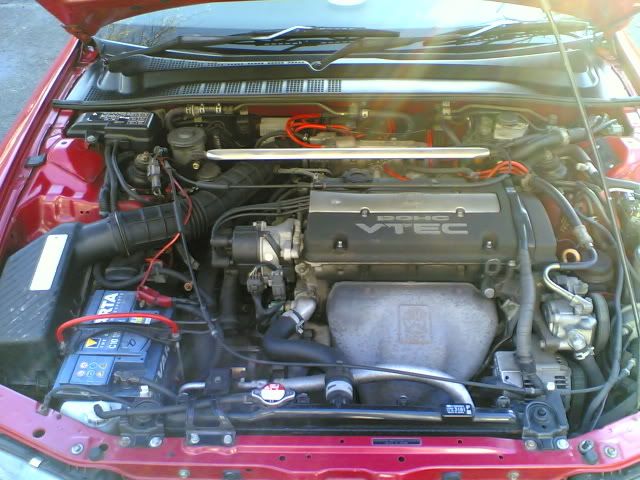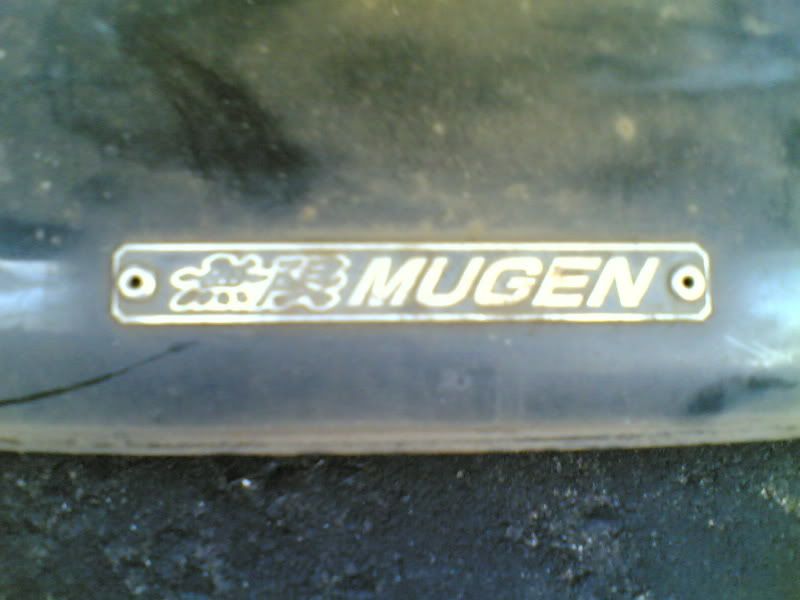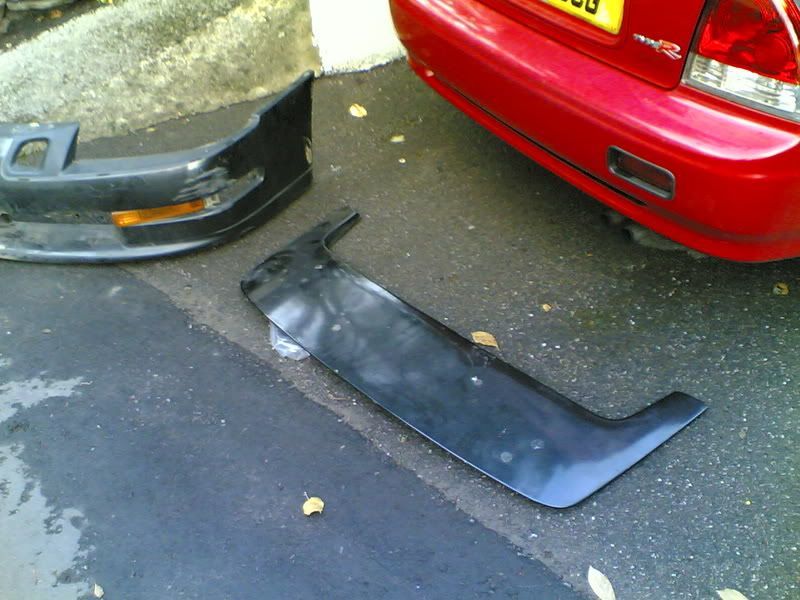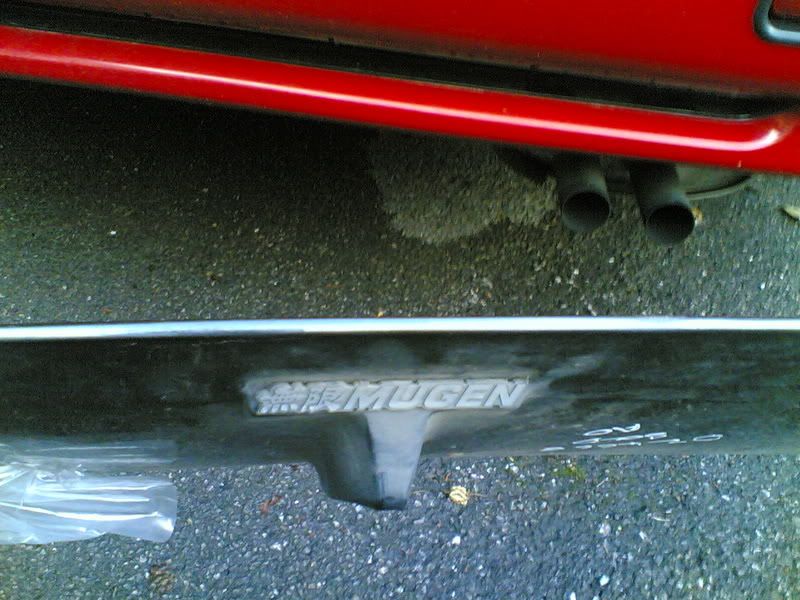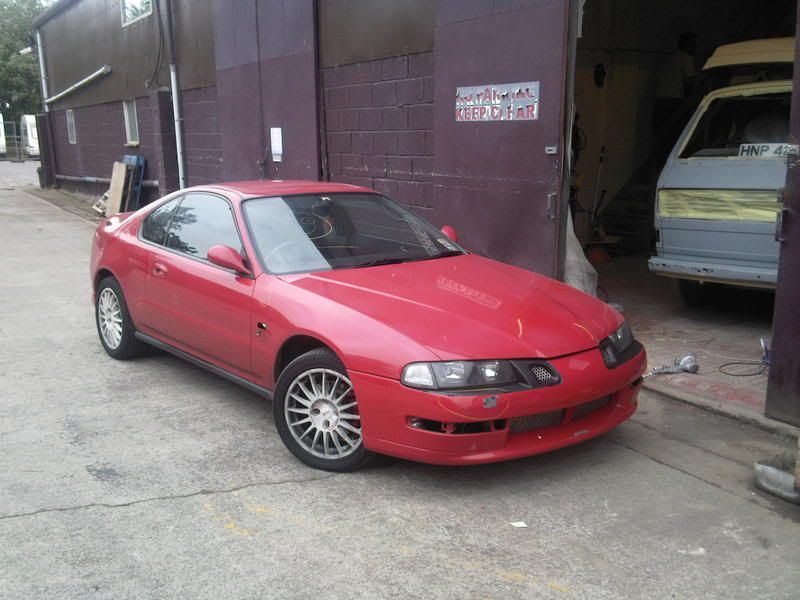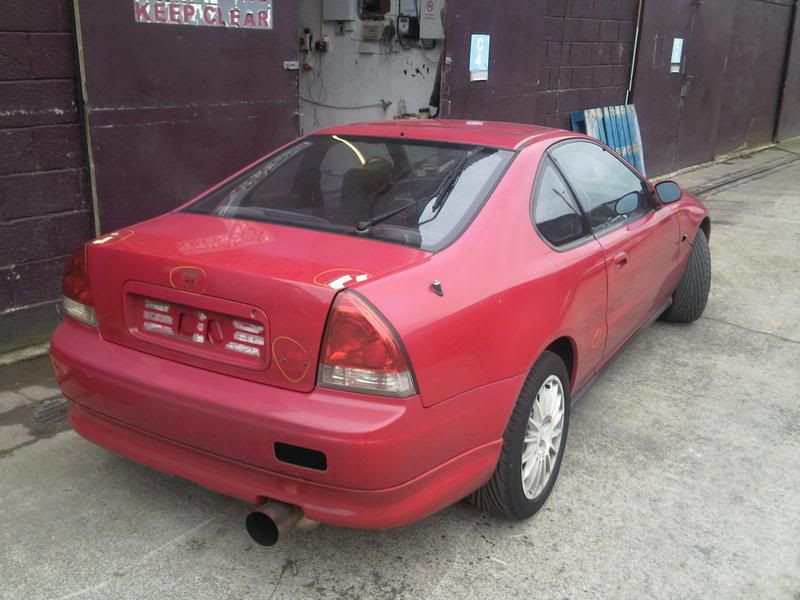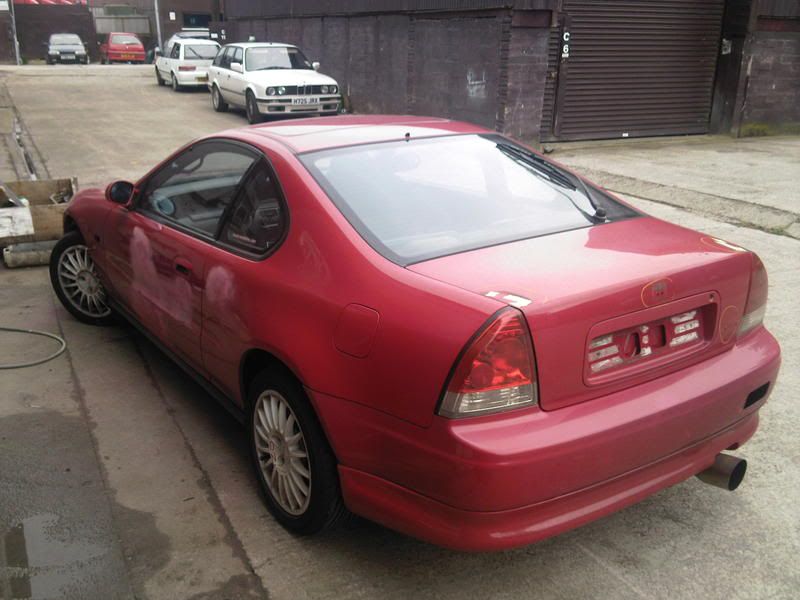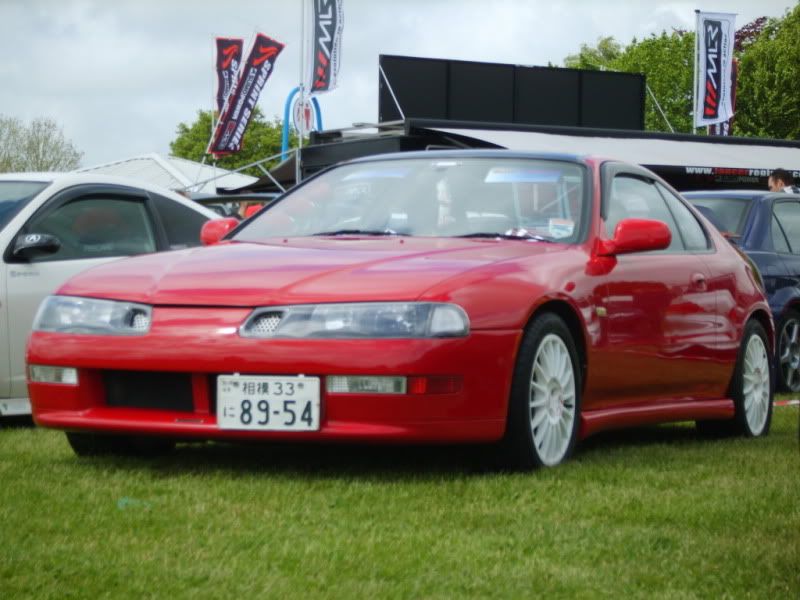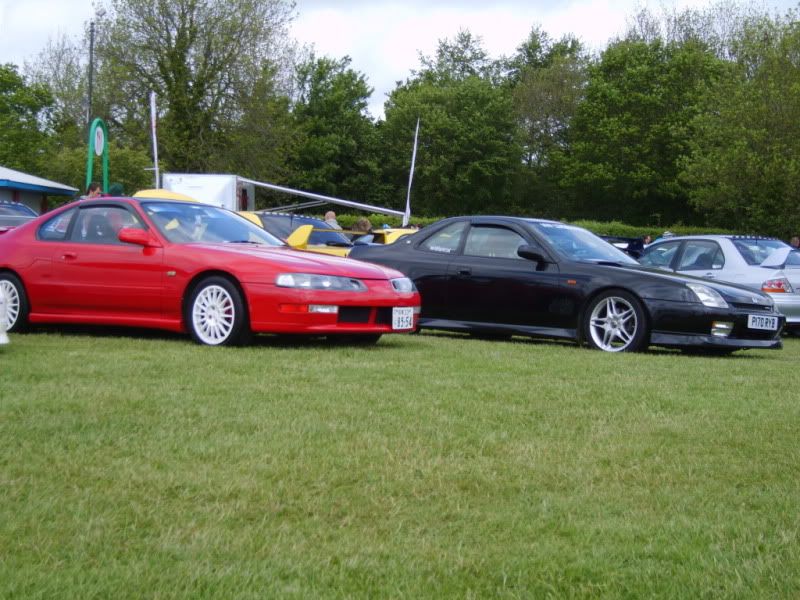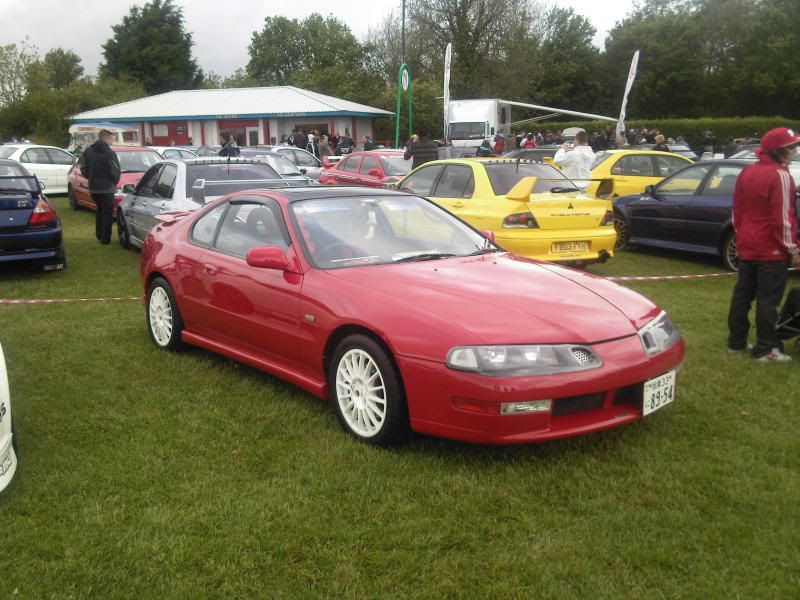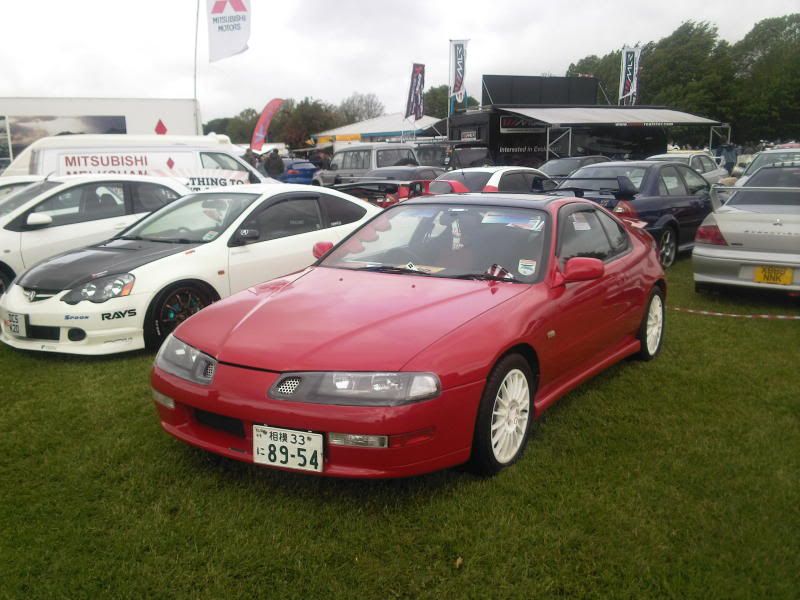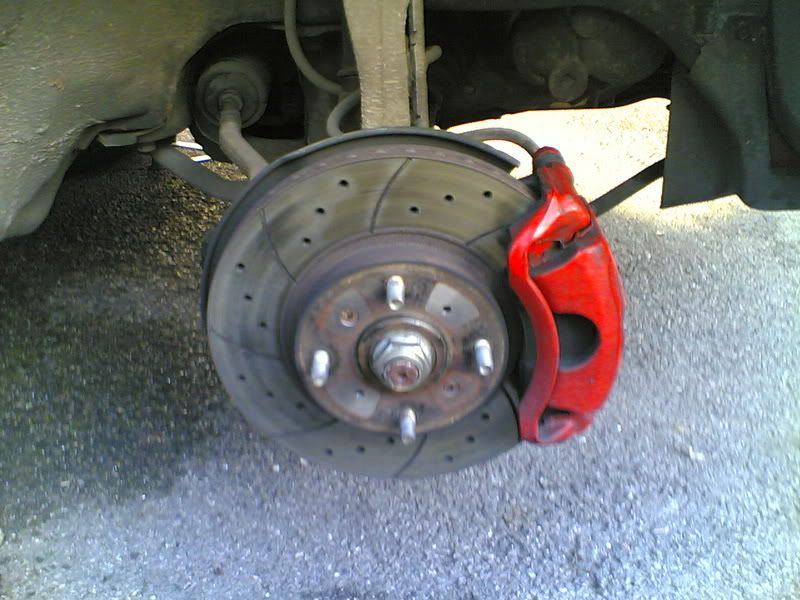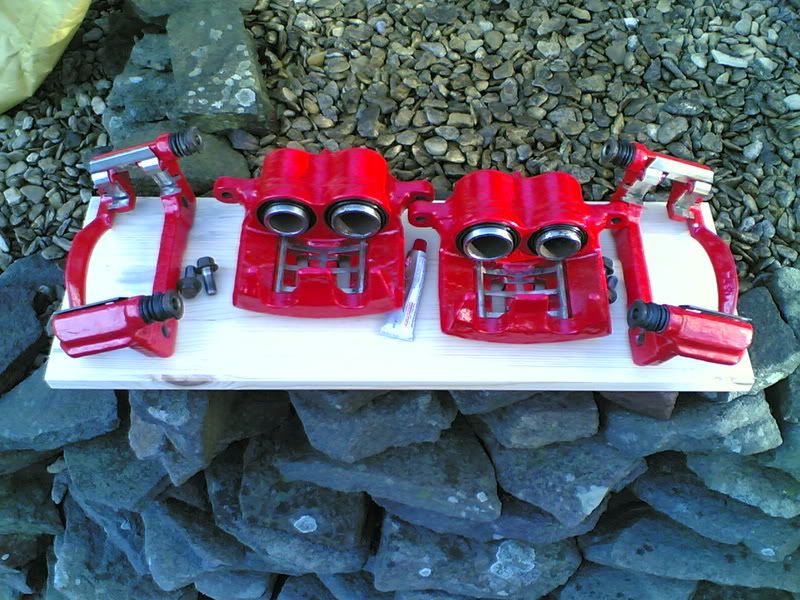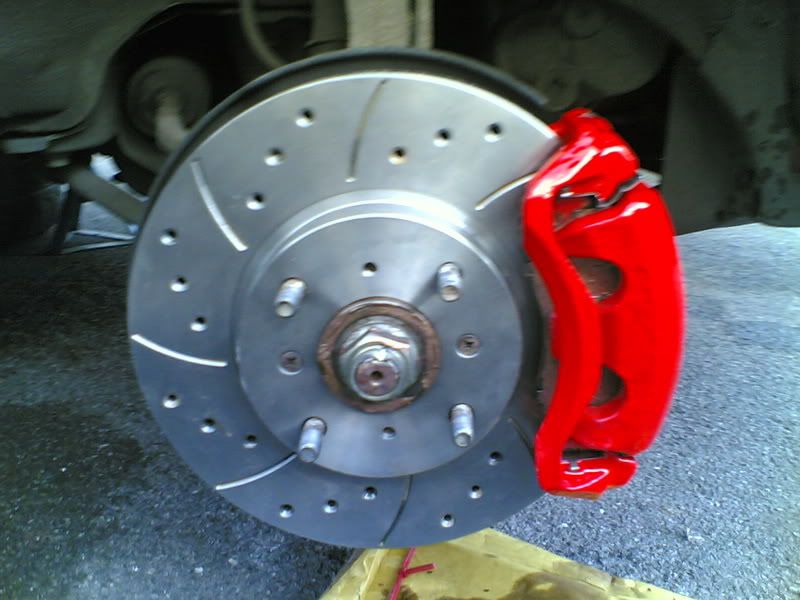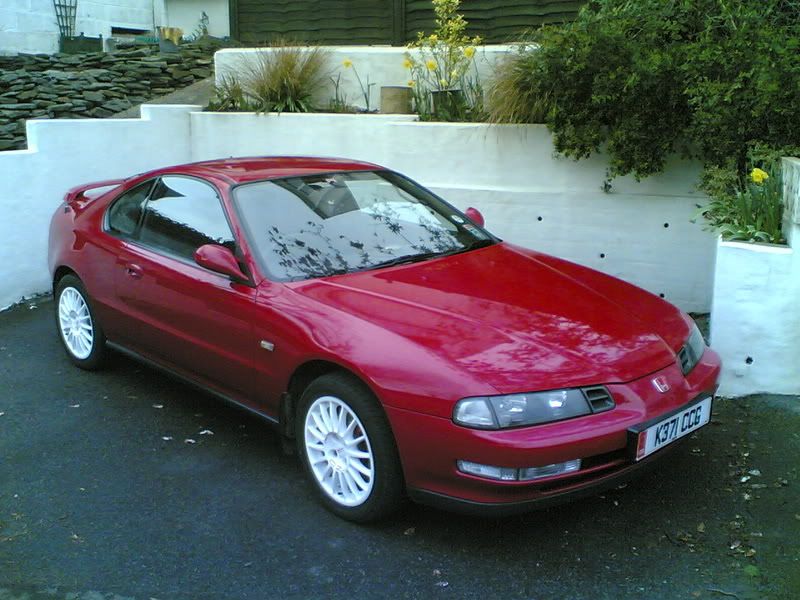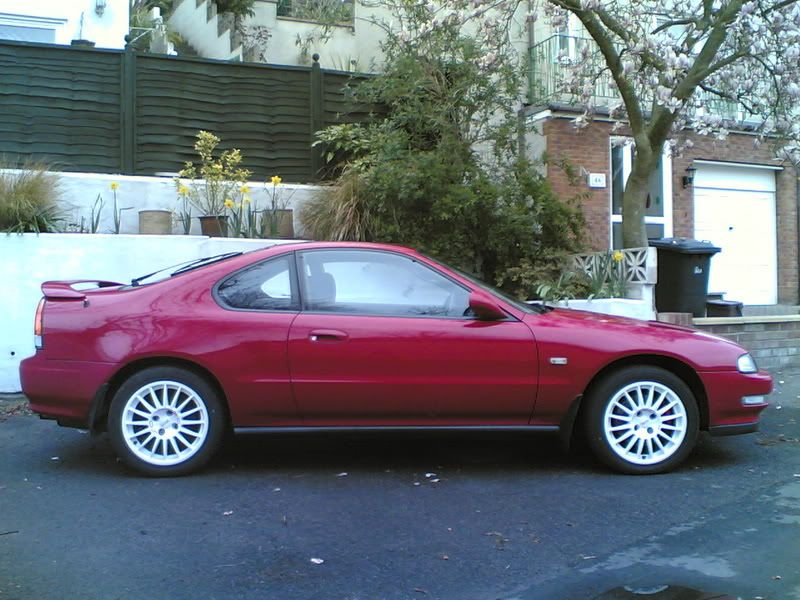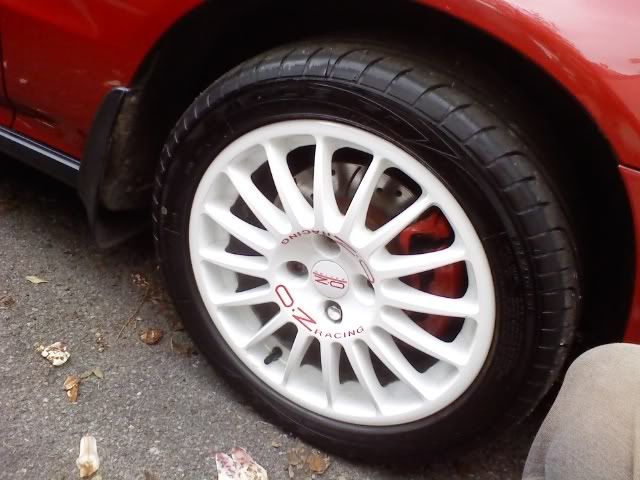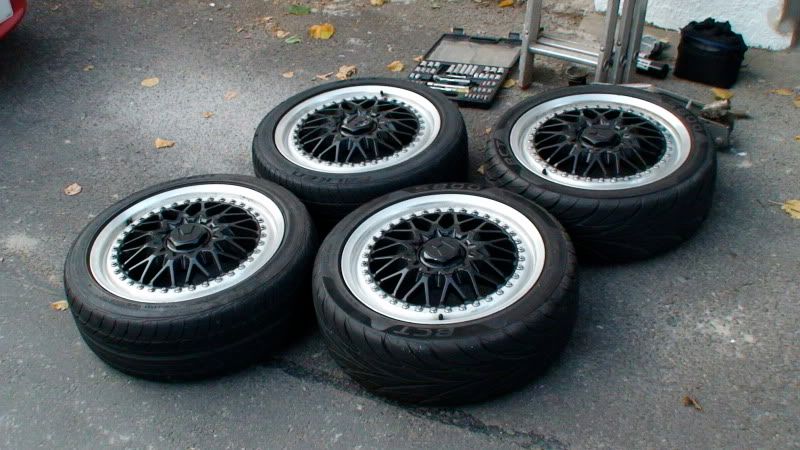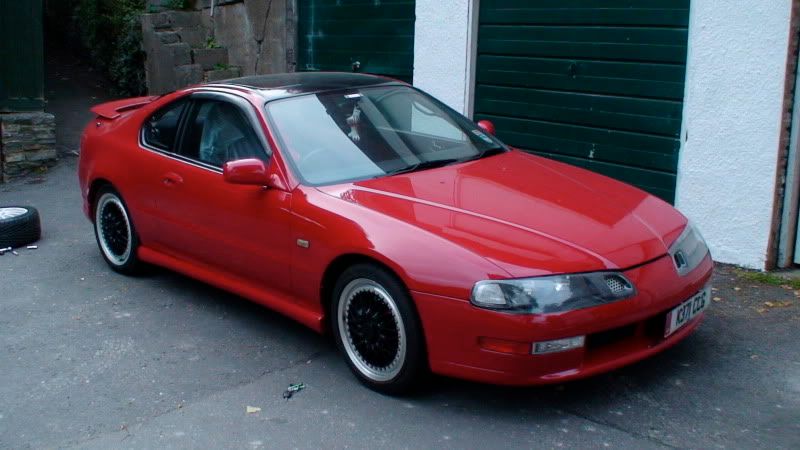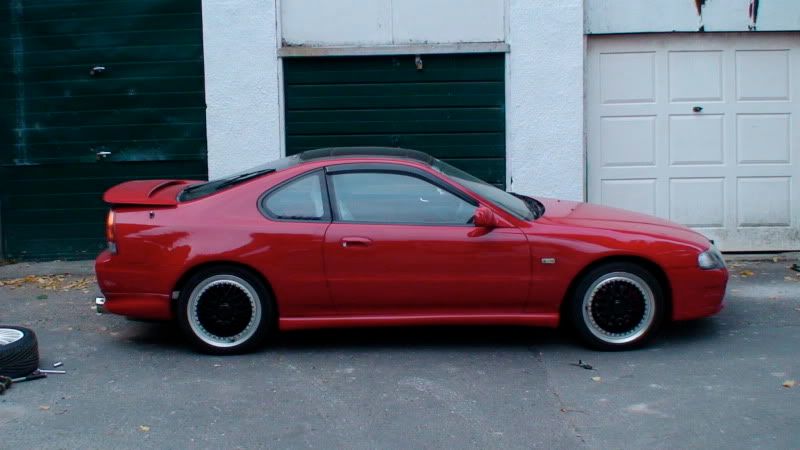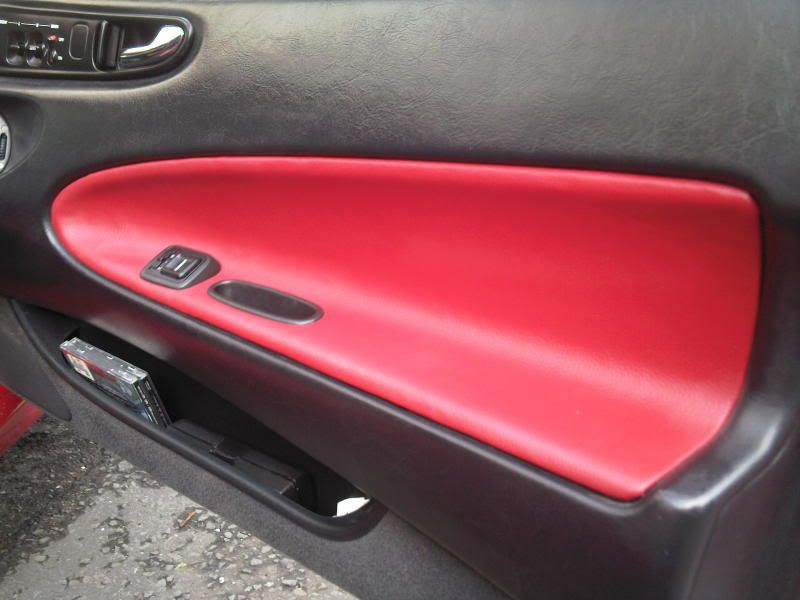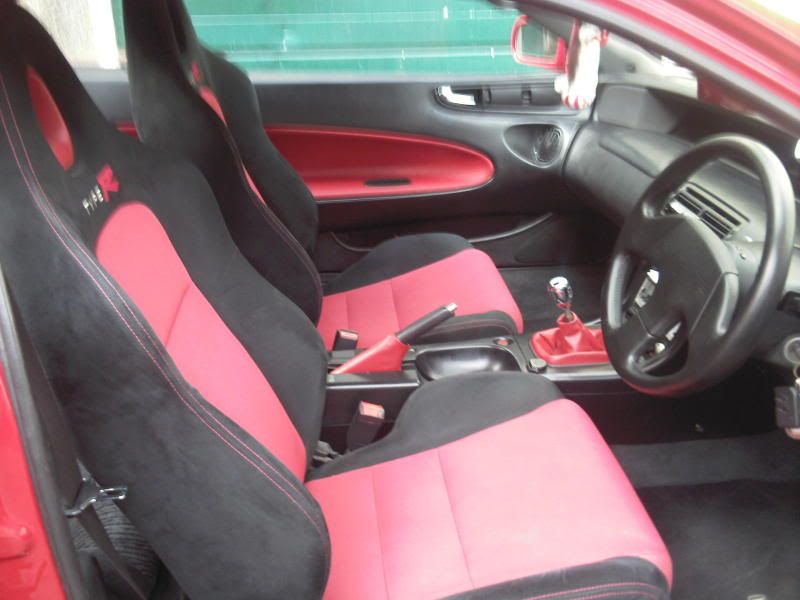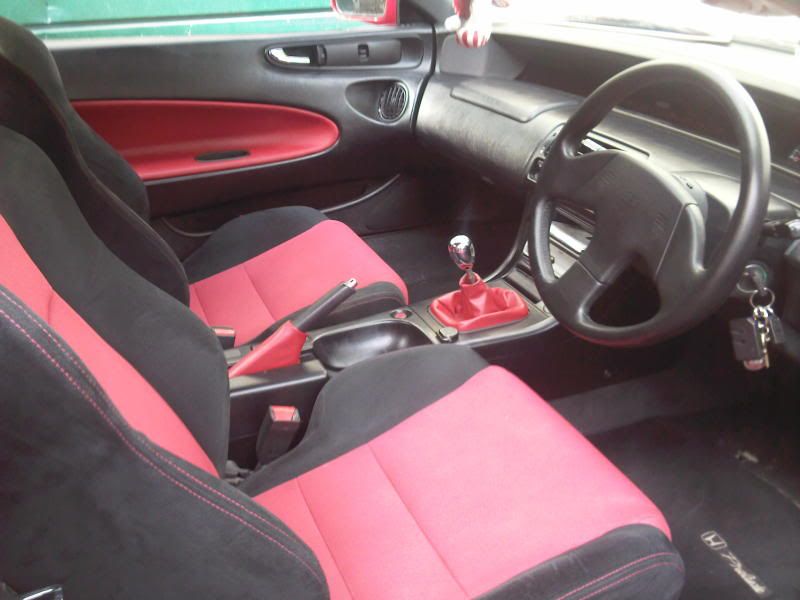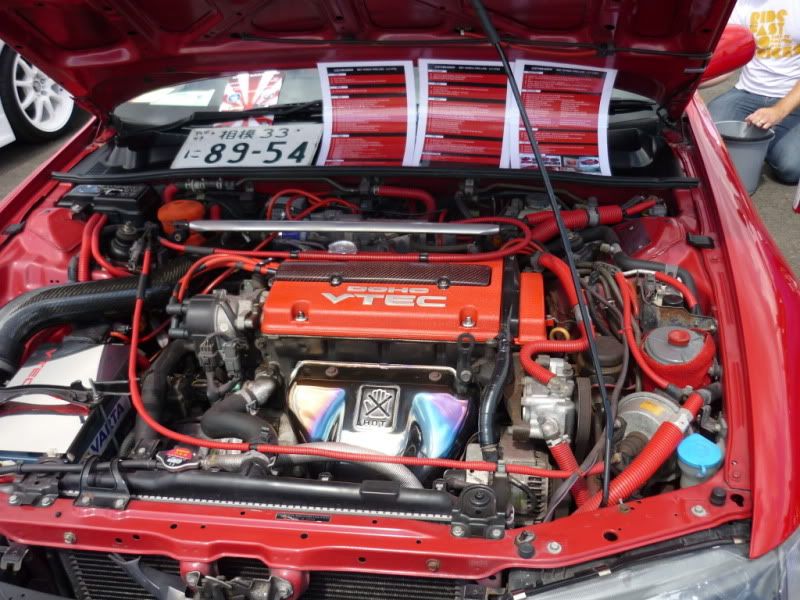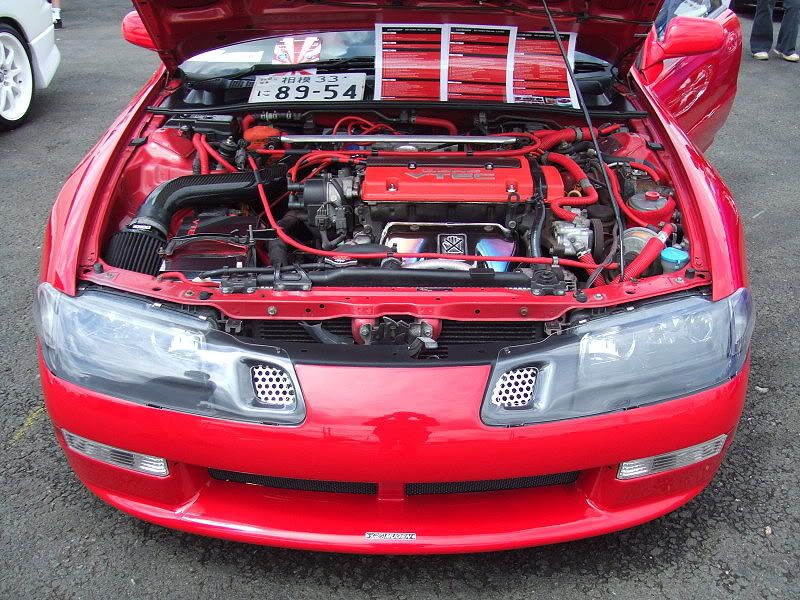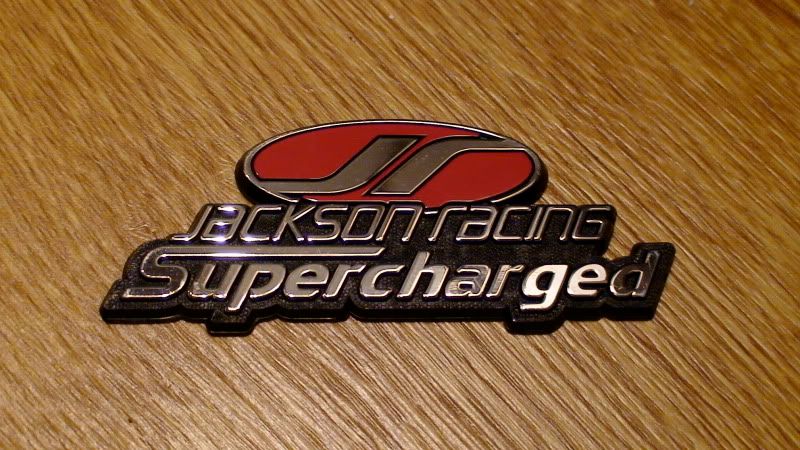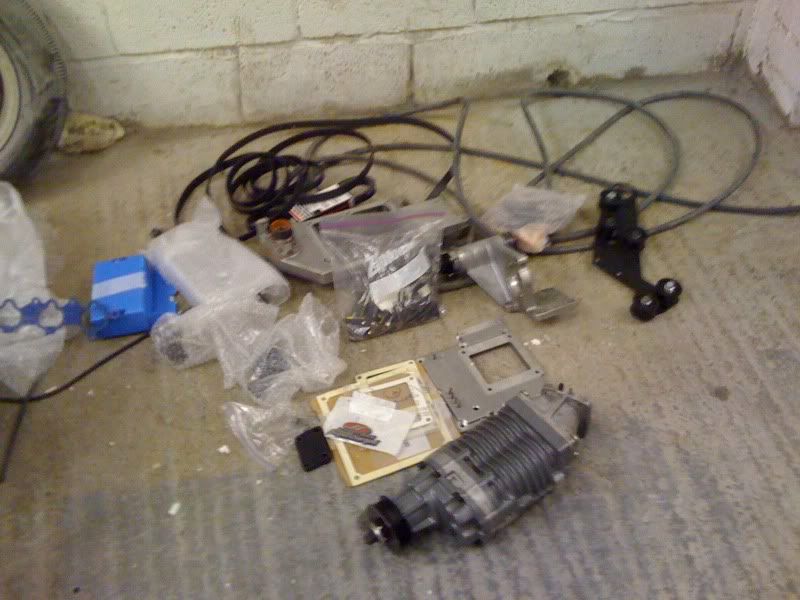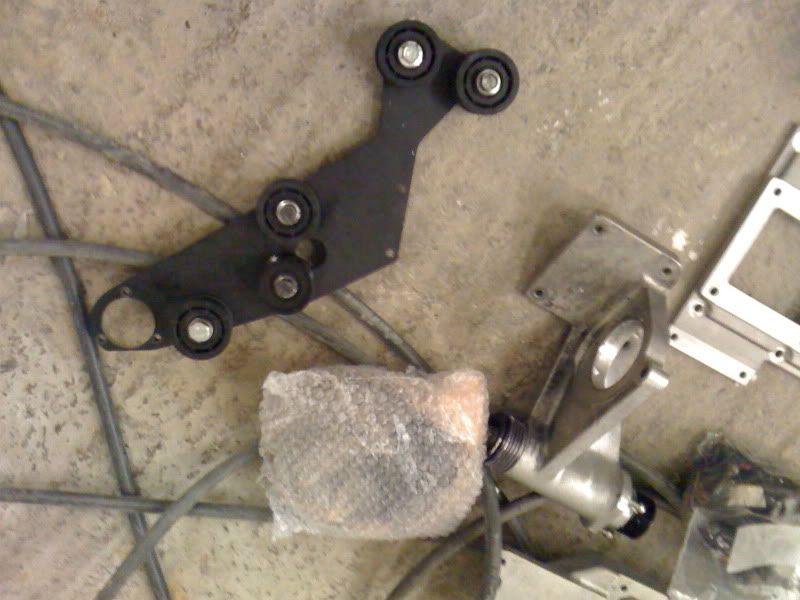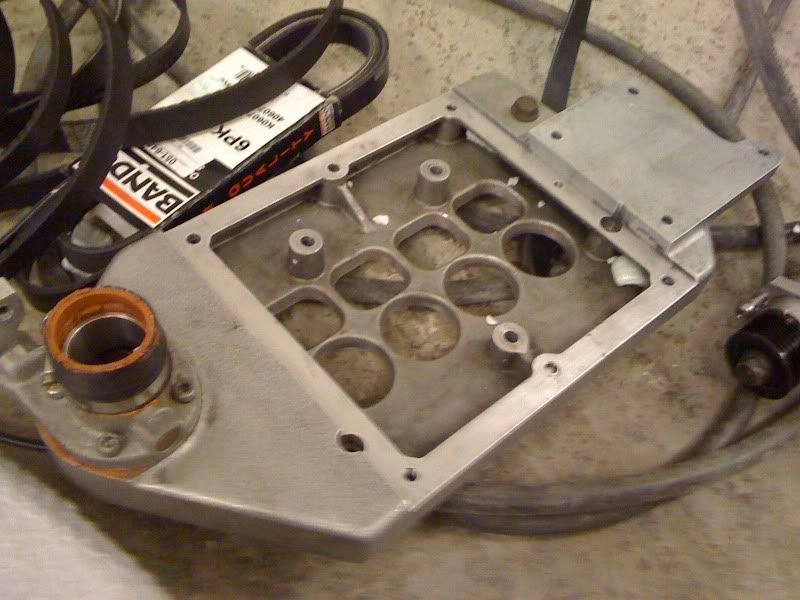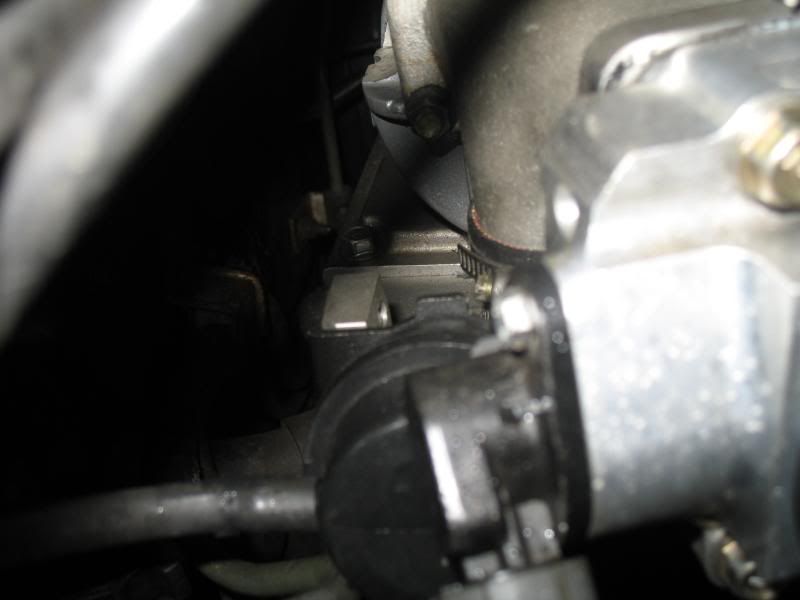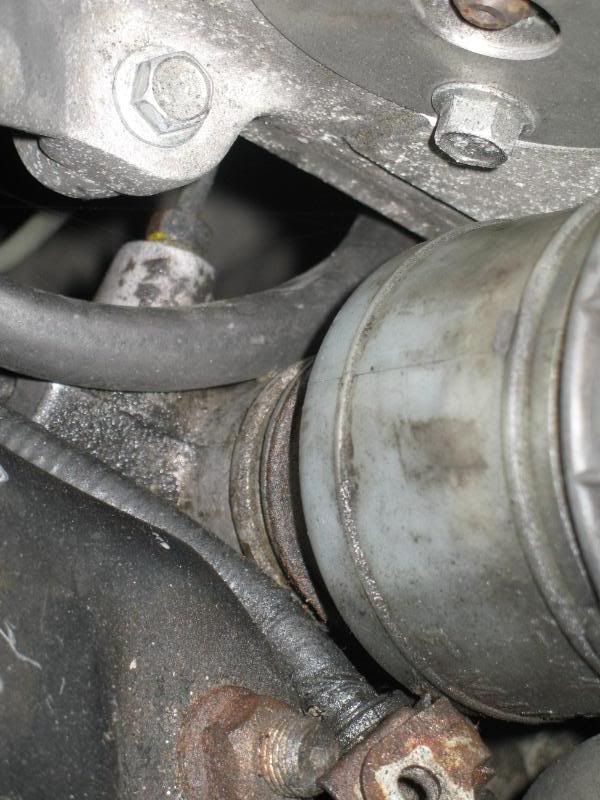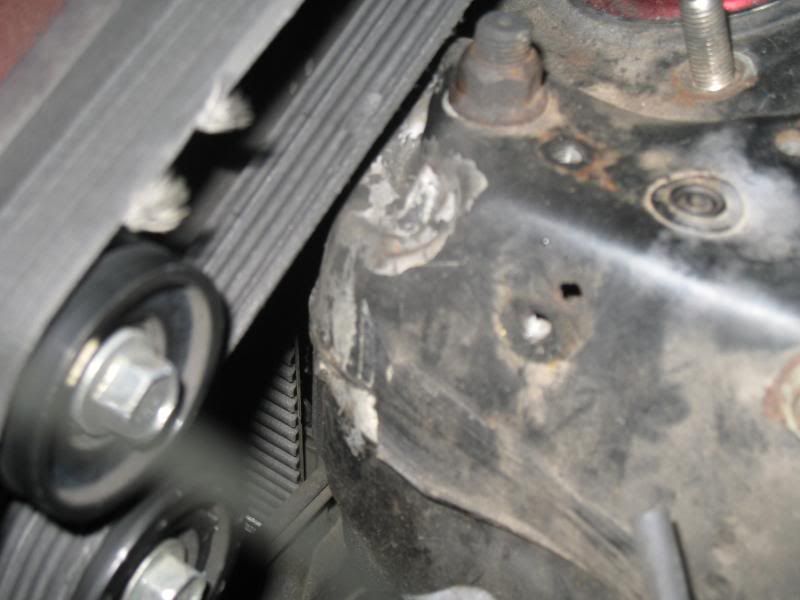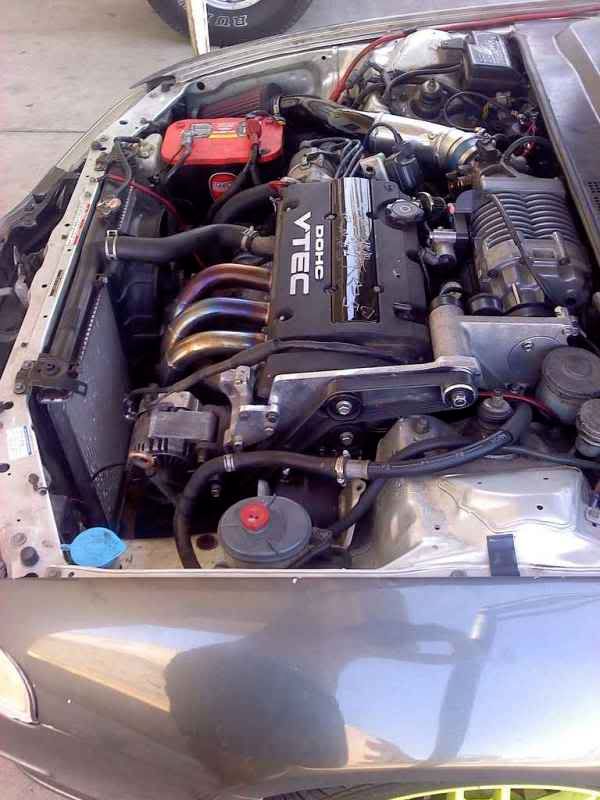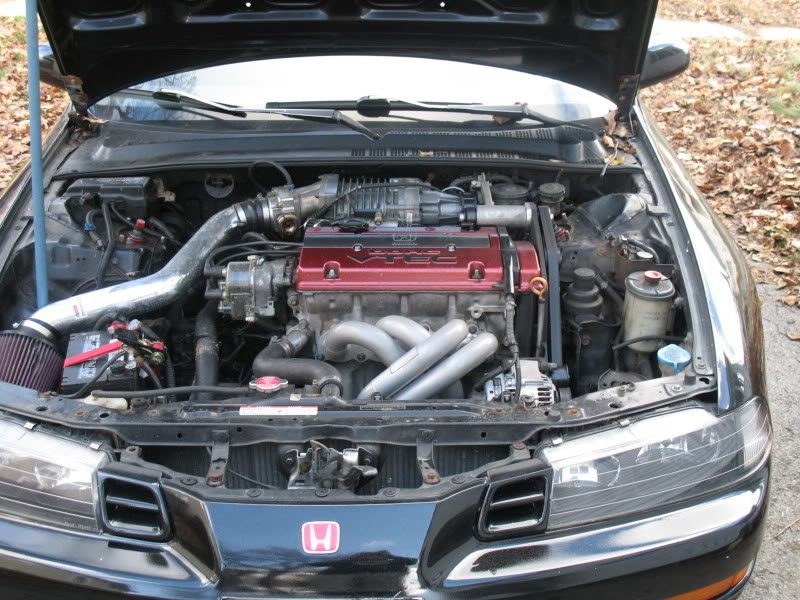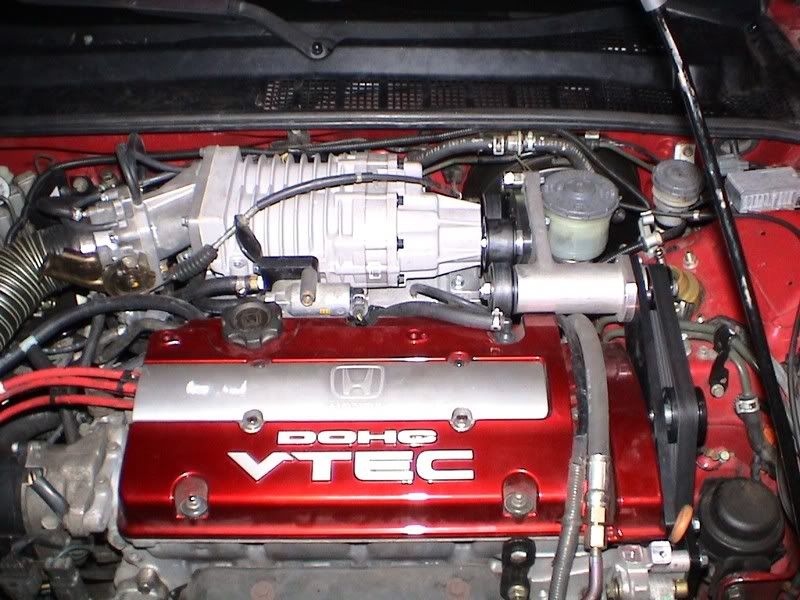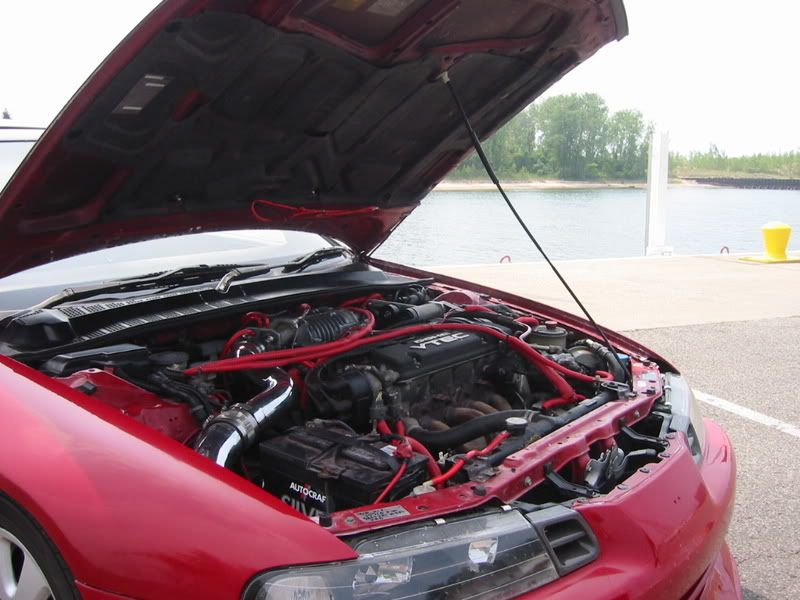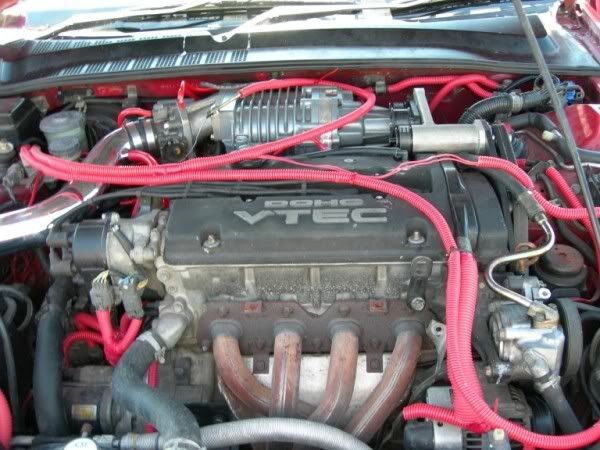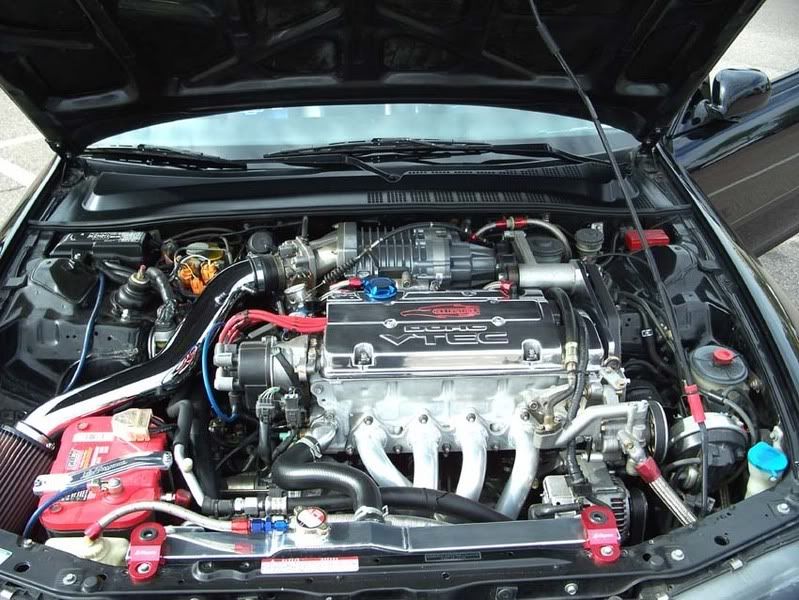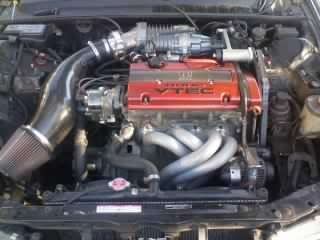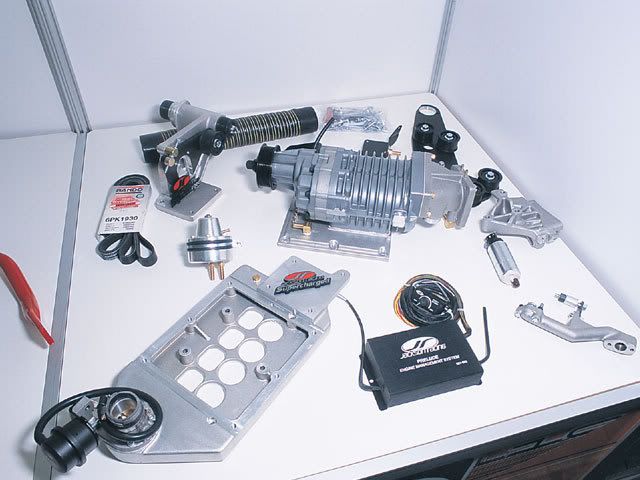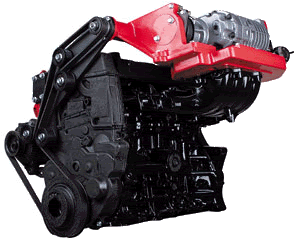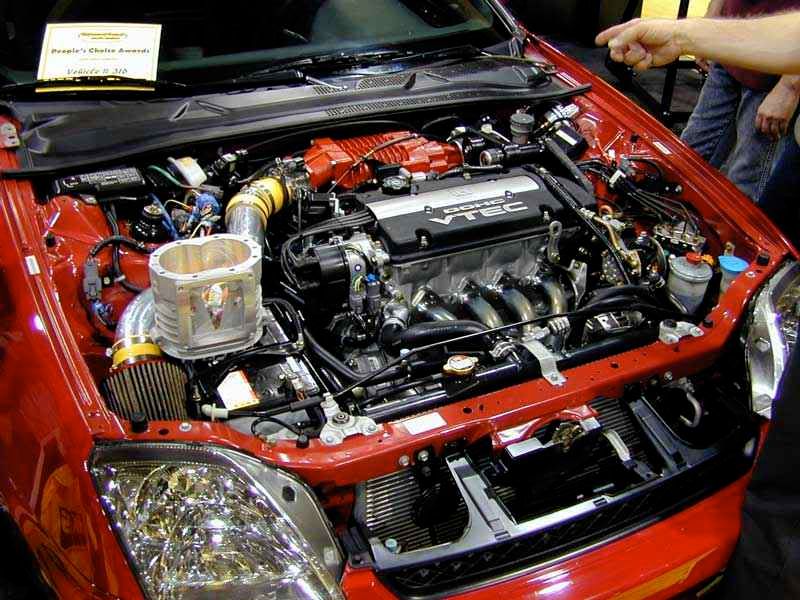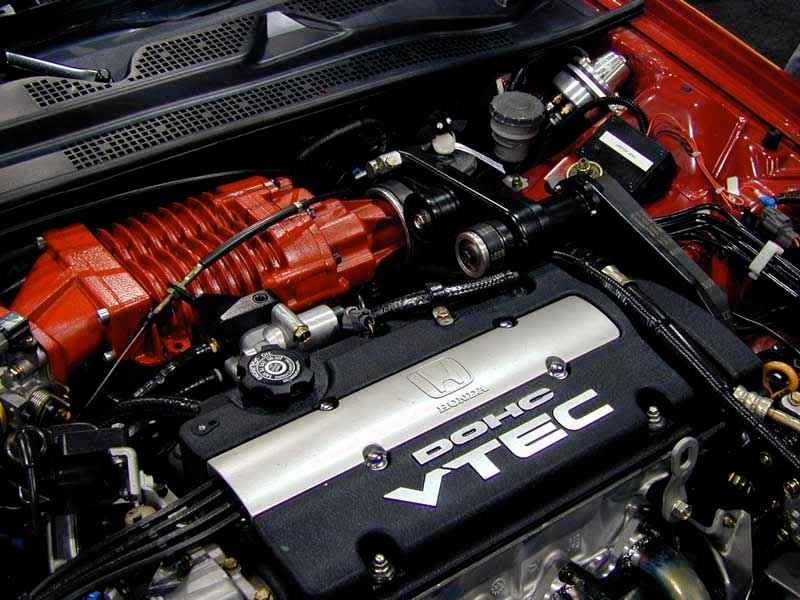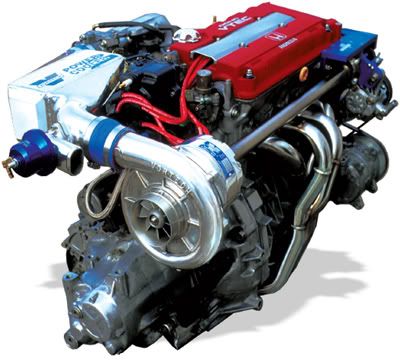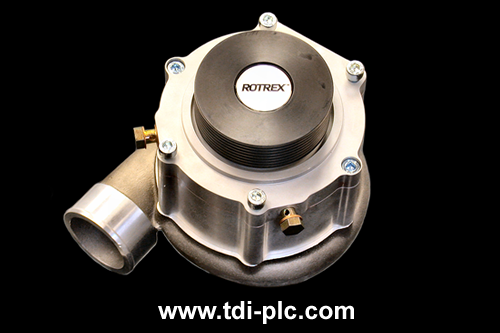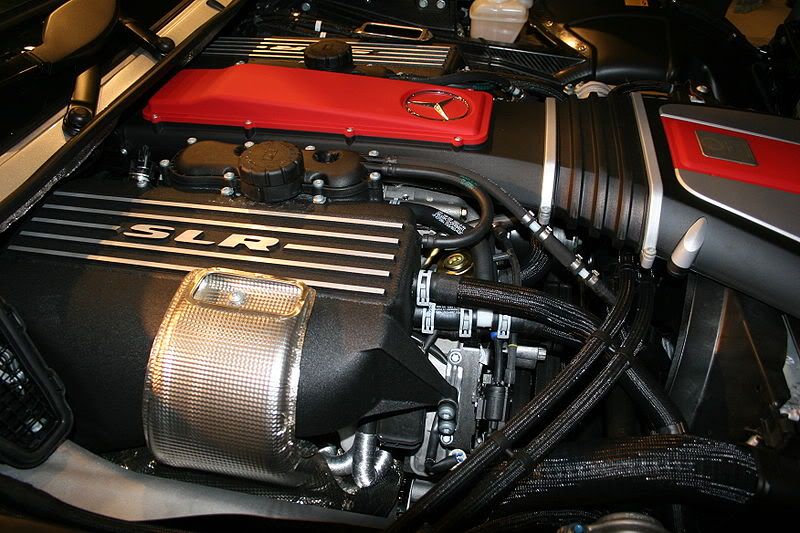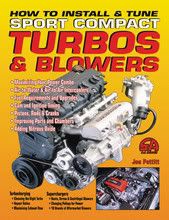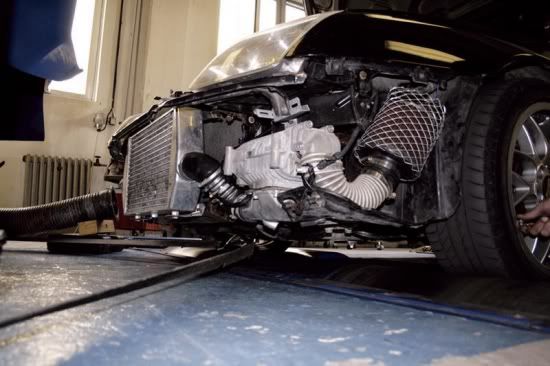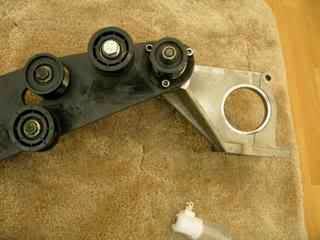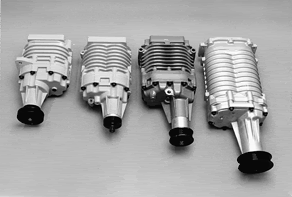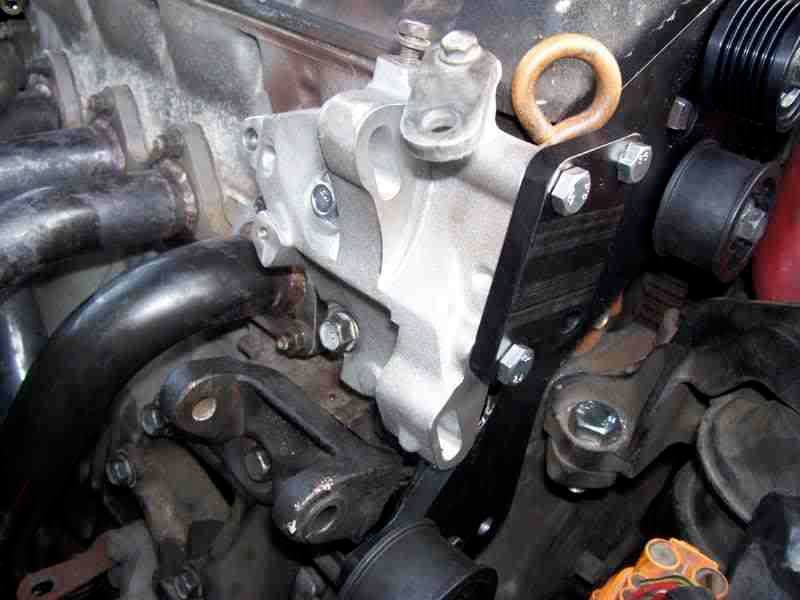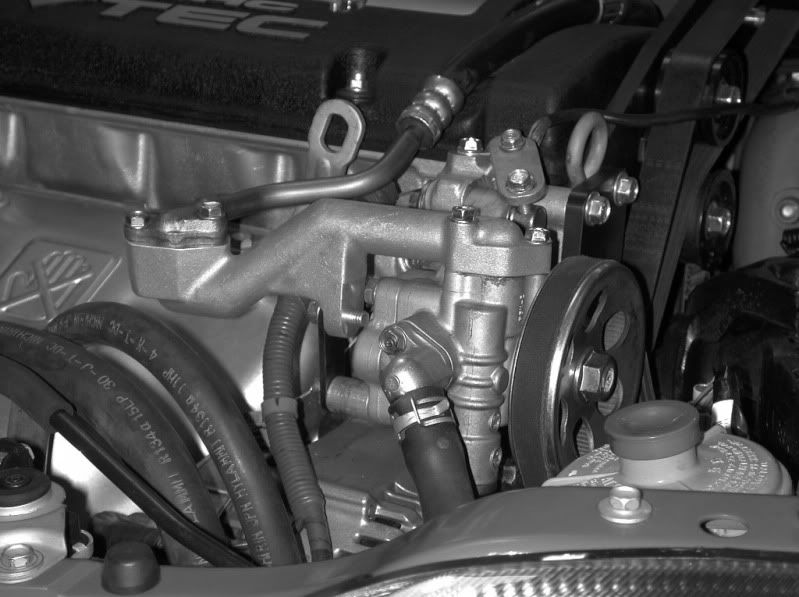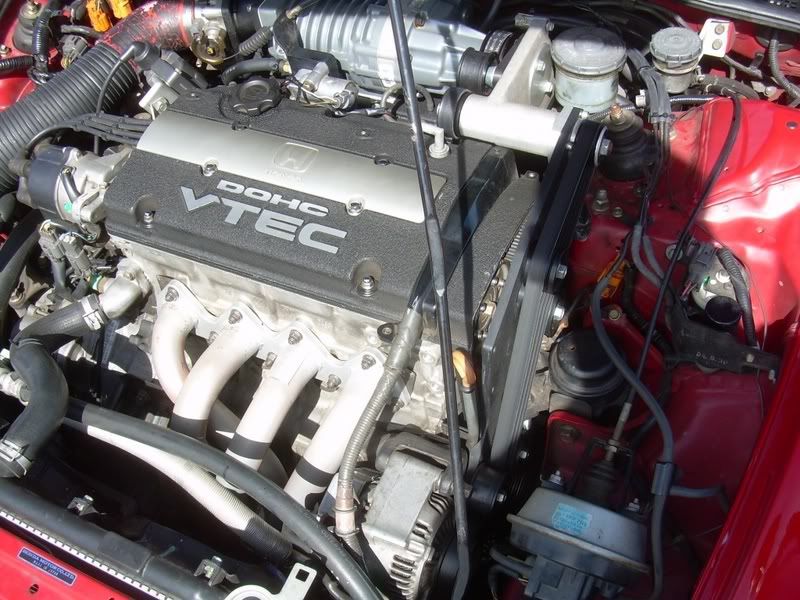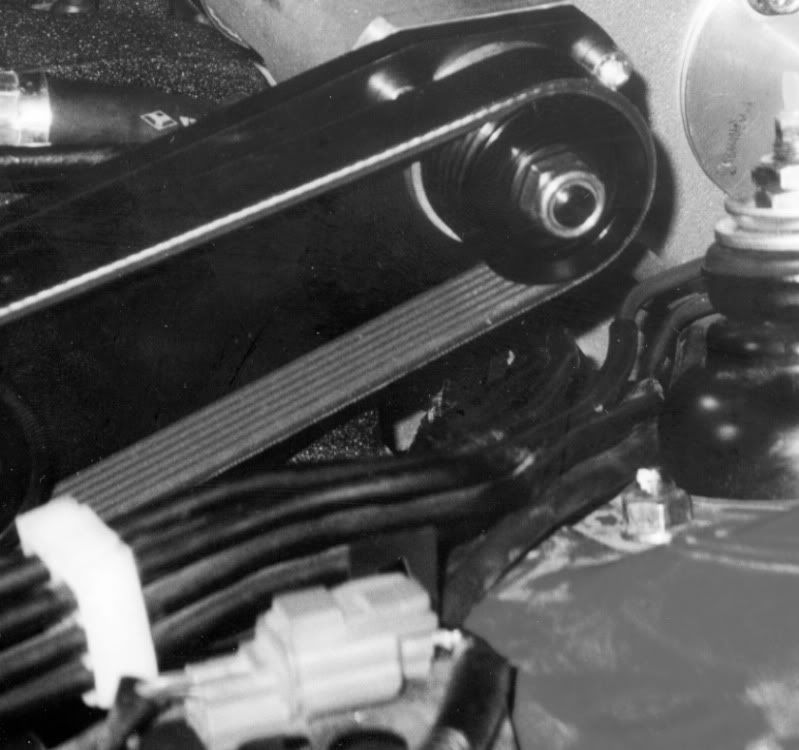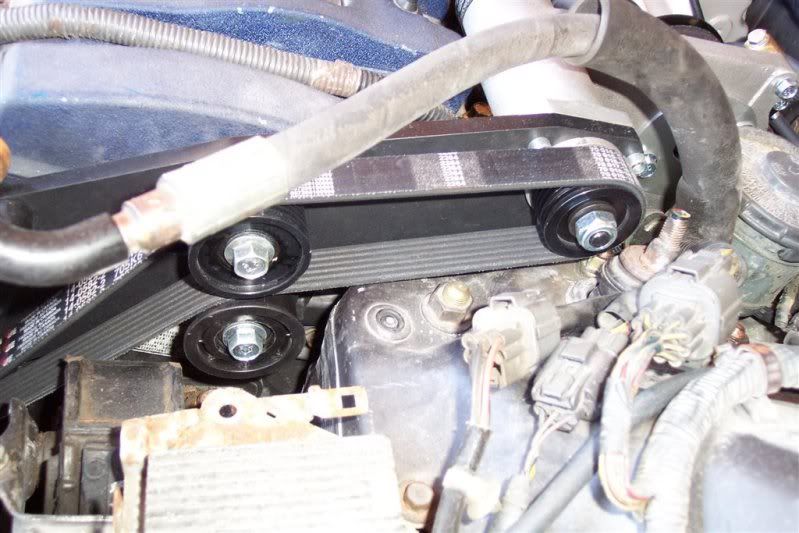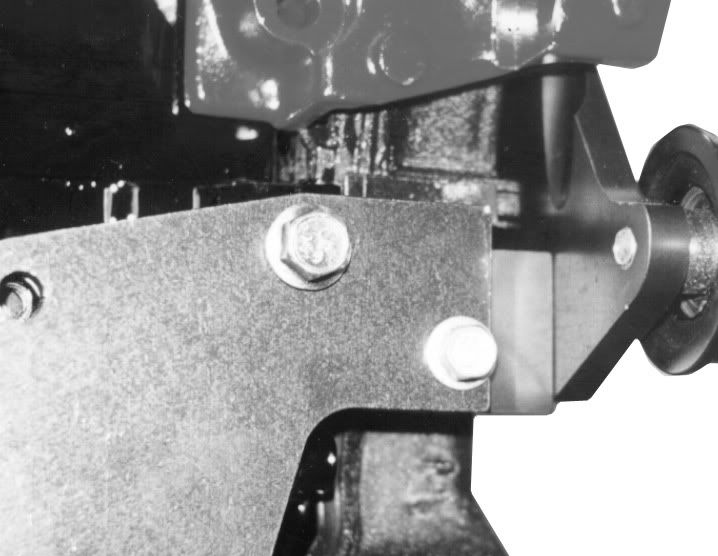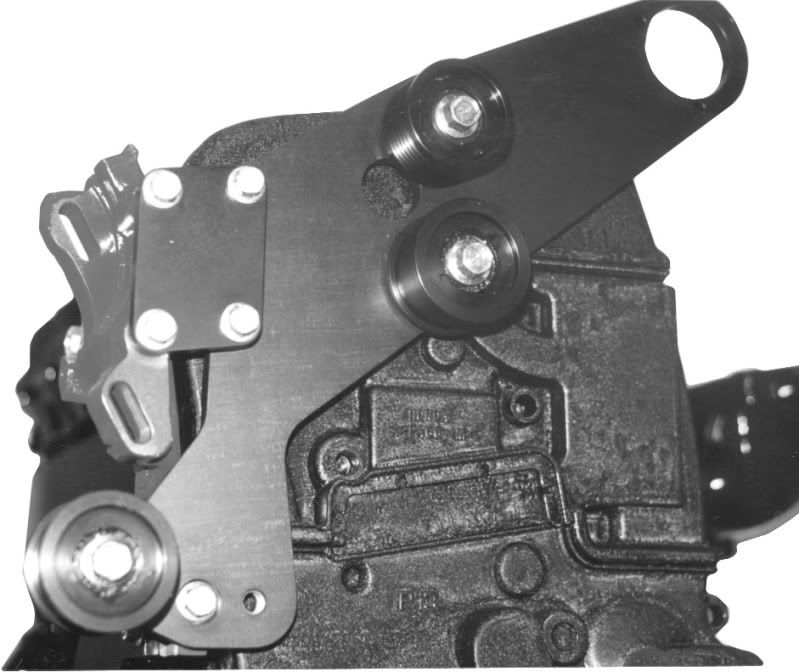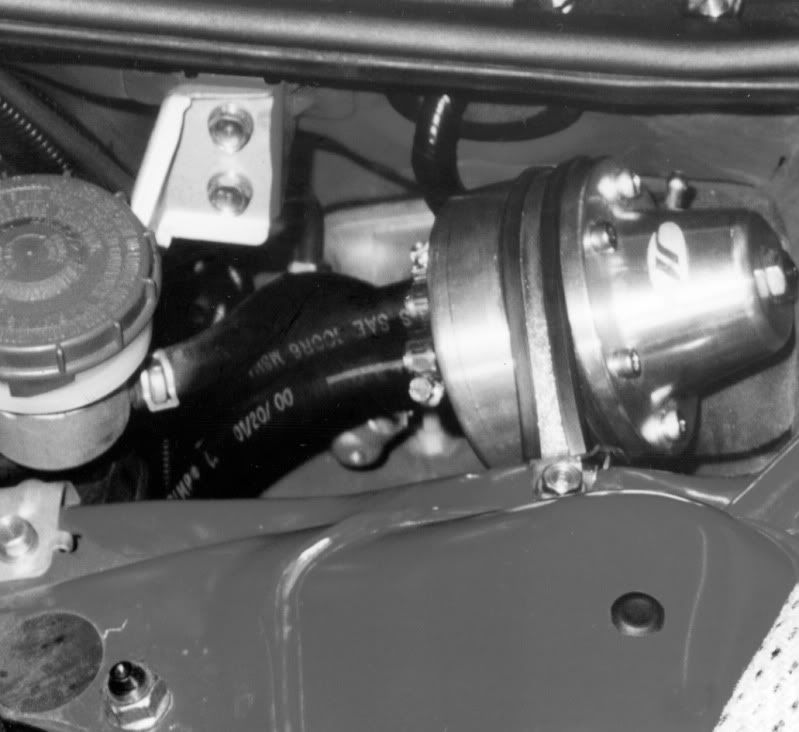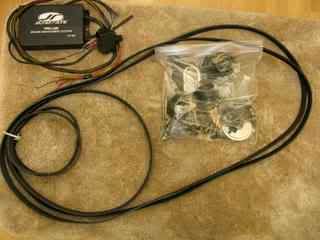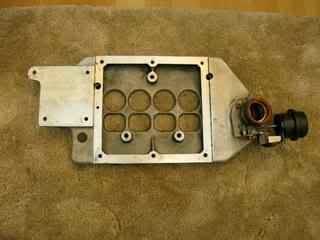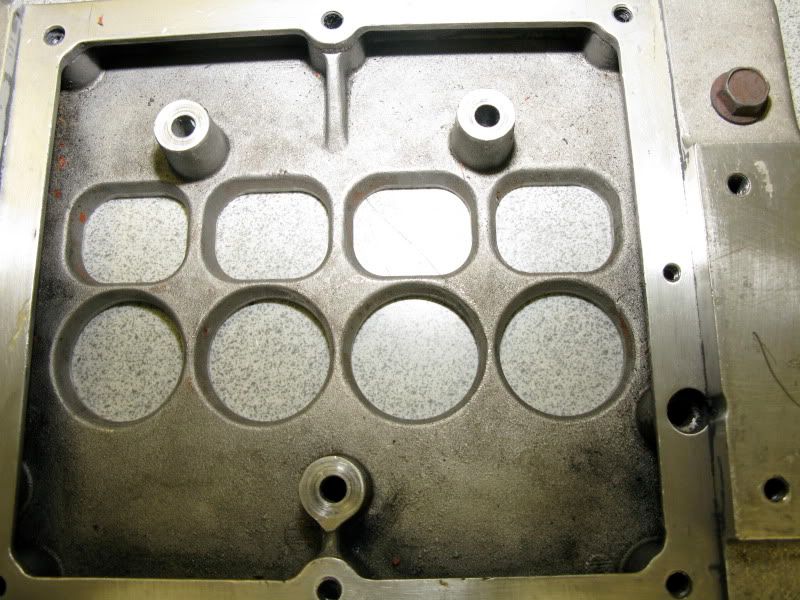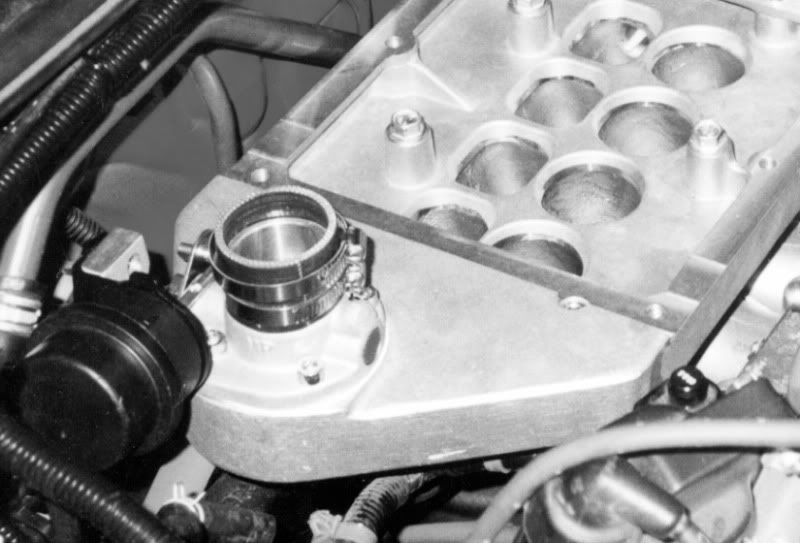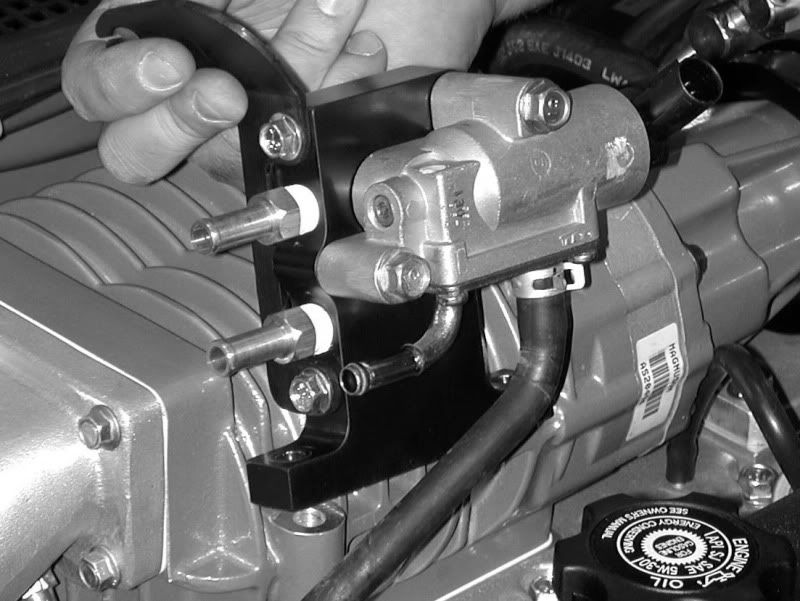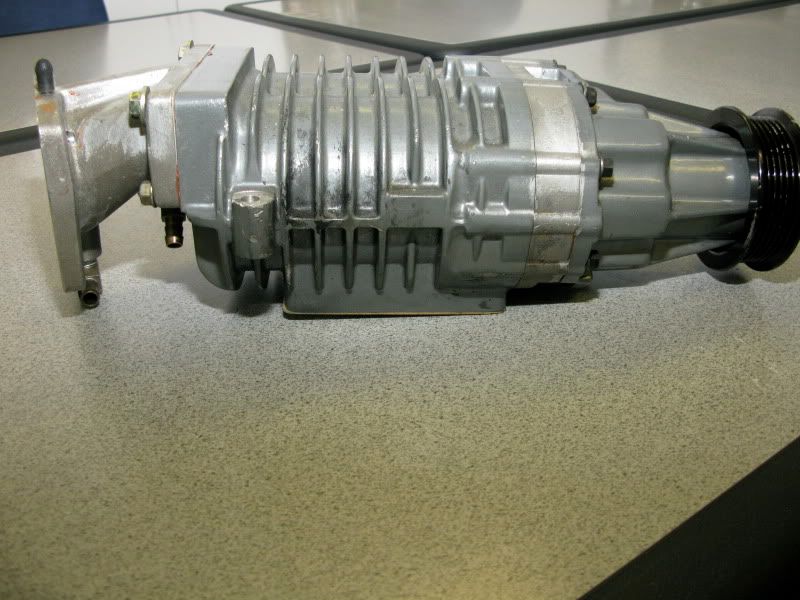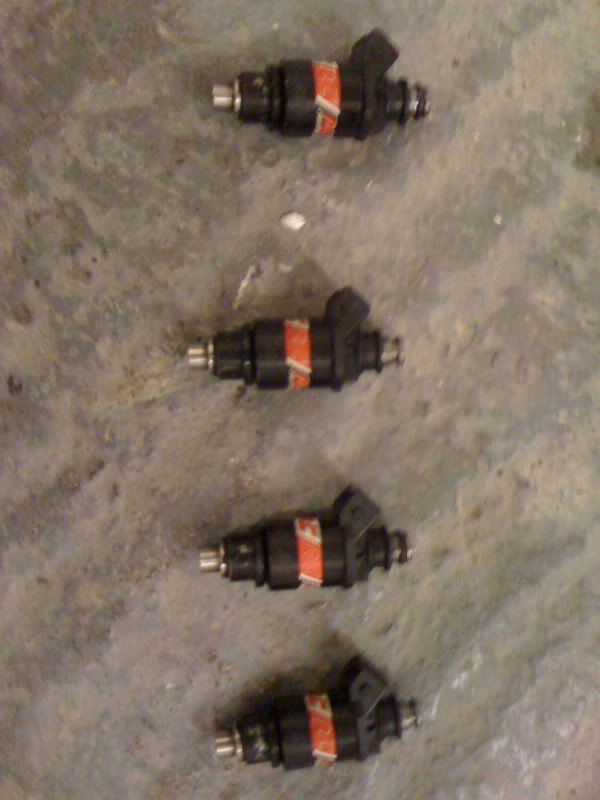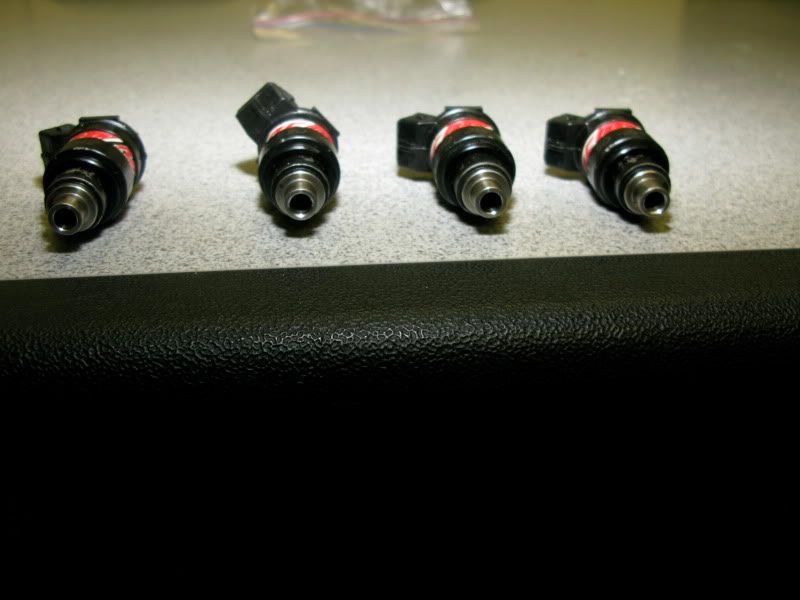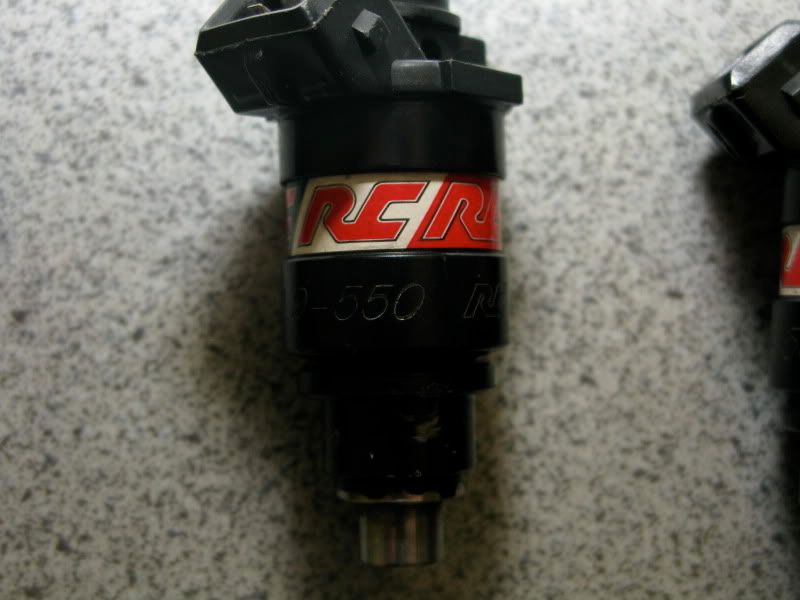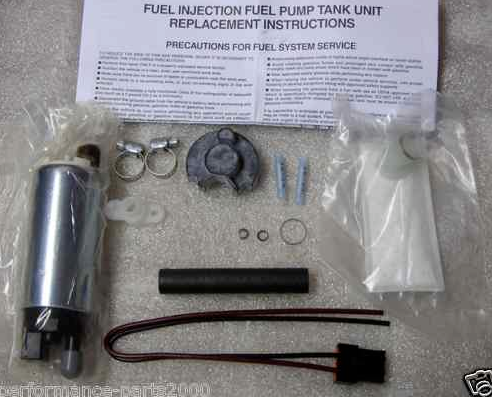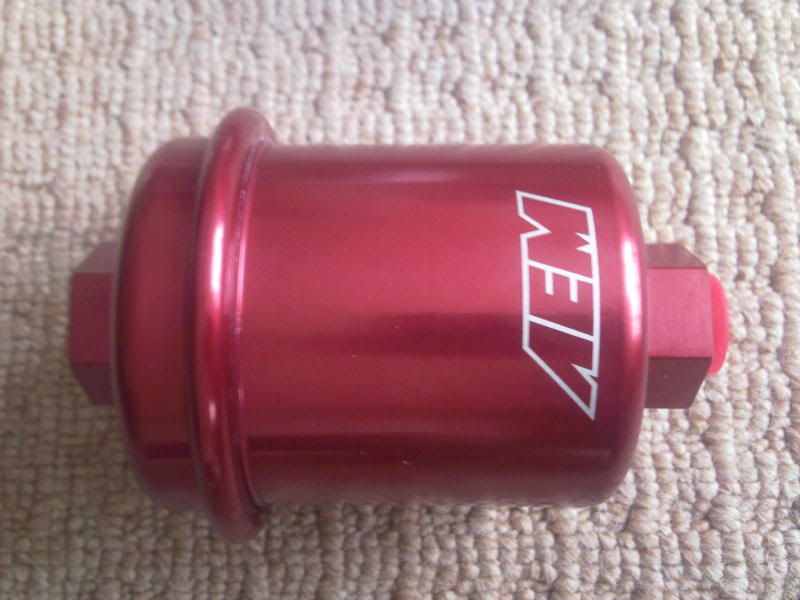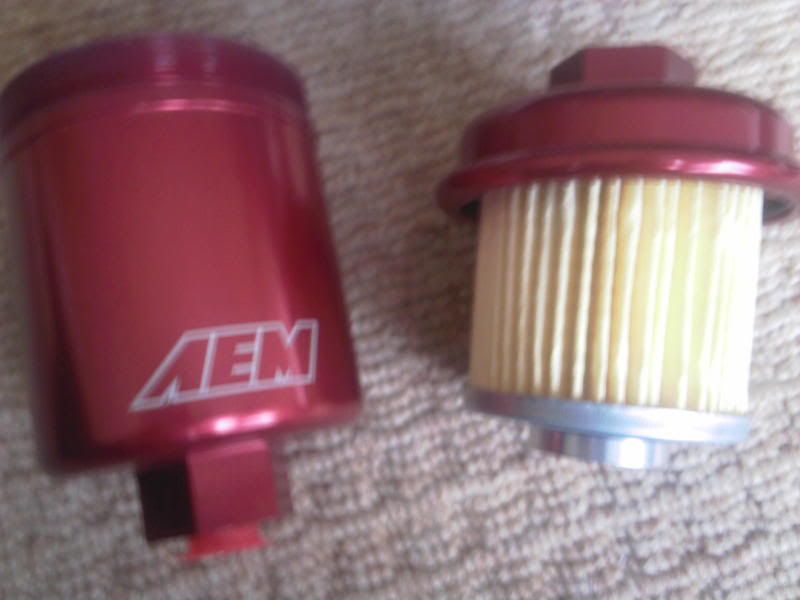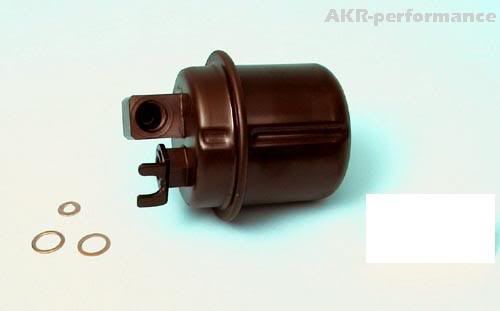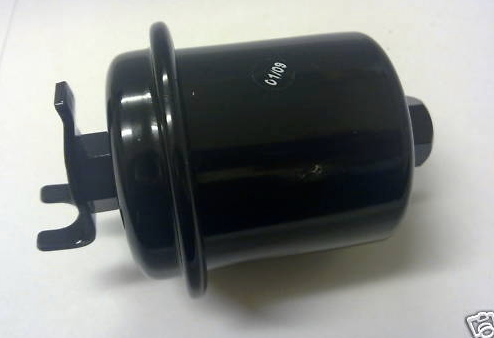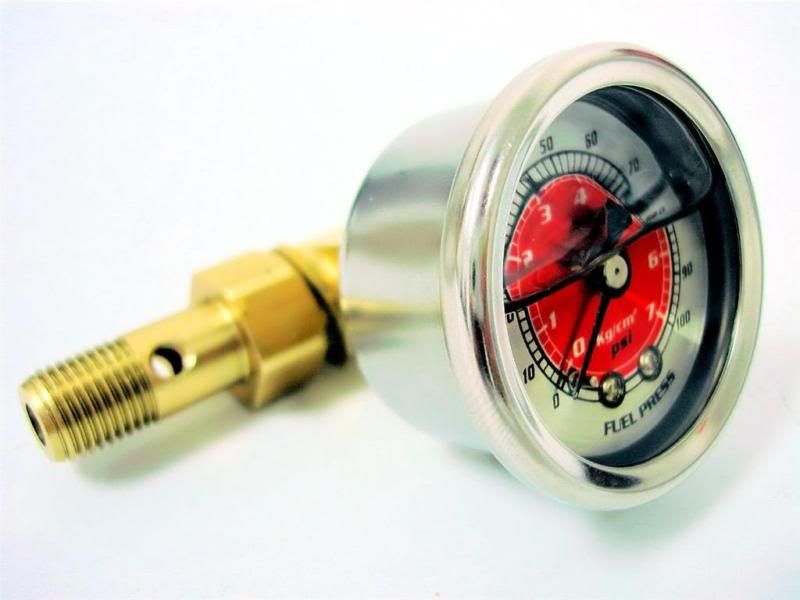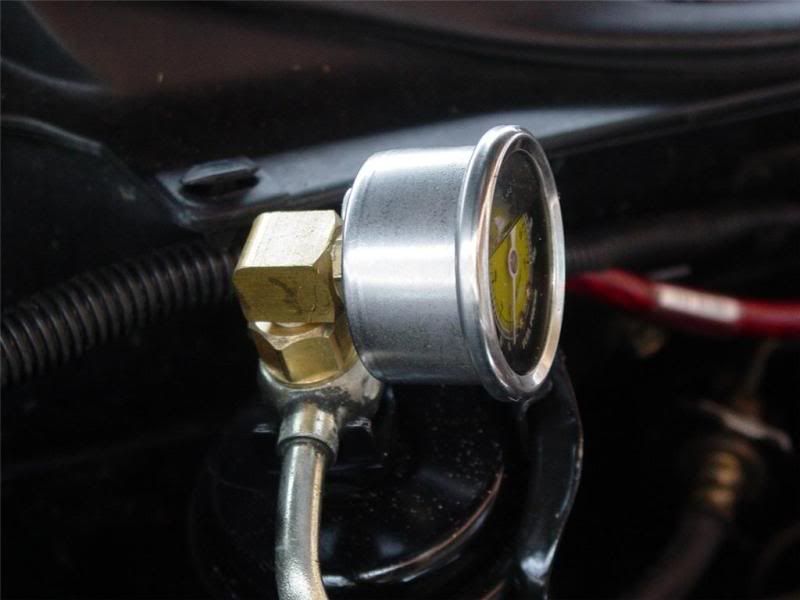BUILD PART 3) – Parts (Continued)
Tuning
Everything I’ve written about and the other few bits and pieces to come would be nothing without tuning. What good is all this increased efficiency of air and fuel to create more power if we can’t harness it in the correct way, and more importantly, safely and making sure our engines run smoothly for everyday use. The key to tuning amongst other settings is to map the car on the correct mixture of air and fuel – also known as Air / Fuel Ratio.
So a few questions to be answered :-
- What options of tuning will/have I considered?
- How do they work and what do I need?
- What else needs to be considered for my build and for others?
- Who will tune my chosen system, on what and how?
So a lot to get through then! Again, I do waffle on a bit, but I hope I have written this so it’s easy to understand for all and that it doesn’t send too many people to sleep!

I’ll start with my current ECU’s of choice and delve a little into some information I wrote for Nathan a while back on Chipped Honda OEM ECU’s with added info, pics and links.

So, currently I run a combination of the standard OEM 4th gen Prelude P13 ECU for everyday use as it returns me good mpg. But when at shows with drag or track action I switch in my chipped P28 ECU which has some sort of map for a 4th gen Prelude on it. Both appear to be making good power with my current mods to date on a UKDM Prelude. Recent power runs at Got Boost Tuning have me in the region of 204-206hp at the fly. Not bad – albeit I need to get more of that power to the wheels – roll on a better gearbox, clutch and flywheel. But more on the transmission in another instalment. Pic of me on the dyno at Got Boost:
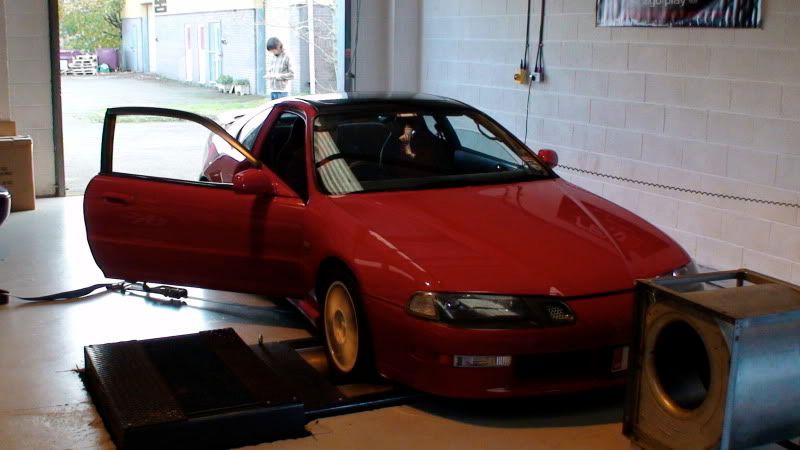
A popular option for many in the Honda tuning world is to stick with OEM Honda ECU’s from particular models and have the existing information on the ECU altered to suit your engines requirements. These ECU’s come in various formats, namely OBD0, OBD1 and OBD2 (there is also OBD2a/b mind) formats. Some OBD0 ECU’s for older Honda’s (usually pre 90/91 cars) have been cracked and can be altered. But the main ECU of choice is the OBD1 form for our Preludes – in particular 4th and 5th generation models. We all know that the 5th gen is an OBD2 type ECU and is a whole different kettle of fish and so 5th gen Prelude owners opt to install one of these OBD1 ECU’s to there cars using adaptor harnesses which reroutes the appropriate wire to it’s corresponding terminal. Look at various suppliers on the net: boomslang/xenocron/phearable…
So onto OBD1 ECU’s. Give or take some individual components most OBD1 ECU’s electronic boards are the same and in theory nearly any of the individual components for specific models can be added to the board and then ‘tuned’ or ‘enabled’ in the tuning software. A good example of this is the IAB (Intake Air Bypass) valves present in our 4th and 5th gen intake manifolds. More on these later. Some variations exist between domestic markets ECU’s but the components on the boards are the same.
Here is a good link showing the different types of OBD1 ECU’s available and there original application:
http://www.hondata.com/techecuid.html
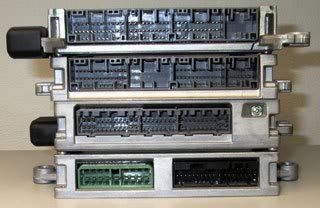
A huge handful of these ECU’s can be used to socket, add components and remap to run our 4th & 5th gen engines. The most popular ones are P05, P06, P08, P28, P30, P72, P75, PR4. But others can be used.
The most popular ones for our Preludes are the P28 & the P72. P28 ECU is an OBD1 ECU out of Honda Civic with a D series VTEC engine and is very common to come across. The P72 is less common in this country as it is out of an Integra GSR which was never sold in this country. The main difference of the P72 is that the Teg GSR also came with a similar intake manifold to our H22’s in that it also had IAB’s (Intake Air Bypass valves). There are other minor additions and omissions of parts between ECU’s but nothing that can’t be added – again more on that later. However, the most important factor for both of these and the other ECU’s is that the hex codes of the fuelling maps have been decoded by some very brainy people throughout the world. This has enabled various software programs and physical hardware to be installed and used to alter this information and much more. Making yourself your own tunable ECU straight from Mr. Honda.
I must stress at this stage that our standard P13’s (2.2 VTEC), P14 (2.3) and P11 (2.0) use a slightly altered hex code system that hasn’t been fully understood and incorporated into the various software out there. So you cannot use them for systems such as Hondata / Crome / Uberdata / Neptune / ECtune / etc. Spoon managed to alter them way back when and is the only source I am aware of that actually supplied a ‘tweaked’ chipped P13. Some people have the real deal and others have the well known Darfsport / Sleepy copy – soon to be supplied by myself so keep an eye out in the for sale threads.

Pic of the real deal Spoon P13:
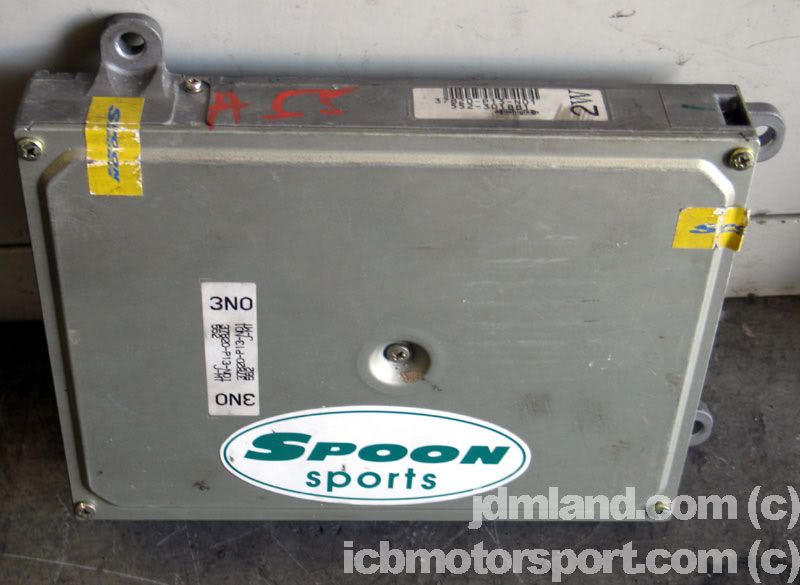
This Spoon map is only for the JDM P13 and will not work on our UKDM P13. The main difference to differentiate the two ECU’s is one, the size of it as the JDM is a slightly smaller shape), and two the prefix code after the P13 on the part number sticker. The JDM will have N01 and the UKDM will have either G00 OR G01. Yes there are two different UK ECU’s and as yet I havn’t figured out what the difference is???
There are numerous versions of the Spoon map on ebay – however some have been played with on an hex editor from the few I’ve managed to physically check now. Mainly people changing redlines and VTEC crossovers. Many people call them by other brand name origins like ‘Mugen’, ‘Skunk2’, etc. Other people claim to have cracked it or can remap it such as Superchips, but I simply don’t know the ins and outs to understand what they may have done. Soooo…
I’ve got a P28 (or P72), so what’s next?
You can’t just plug the P28 (or P72) in and go, whatever you do, it will think your car is a Civic D series VTEC (or Teg B18 GSR) and will run pretty awful from fuelling maps not meant for the H22 and no doubt throw one or many CEL codes.
Once you've bought a P28/P72 ECU you have some options on what to do with it for your Prelude. There are a vast number of software programs and hardware you can use but I'll just be mentioning two in this little write-up. One is a software called Crome and the other is, no doubt more heard of, Hondata. The Crome option will echo the ins and outs of using many other systems such as Neptune / ECTune / etc. They all essentially do the same thing but with different user interfaces and differing levels of code and precision. Crome is very popular in the states but has been heard to have some niggles in the code – so may not be for everyone. But here goes my explanation…
Crome is a software program that enables you to map a car and with some other bits of hardware you can burn new chips to install into a socketed ECU. You can socket the P28 and P72 just like a normal Prelude P13 is often done with the usual Mugen, Spoon, Sleepy, etc chip of your choice (usually all the same and suspected to have been produced by Spoon originally). This can enable you to install a new burned EPROM chip which has been remapped specifically for your car. However the P28/P72 will require some small component changes to work. See this site for the cost of parts and what needs changing:
http://www.xenocron.com/chipping-kit-w- ... p-277.html
Here is also a fairly comprehensive guide to ECU’s, chipping them and software choices:
http://www.xenocron.com/install/Introdu ... ipping.htm
Check out the rest of the site for more information, parts and prices.

The main items to replace are the large 28 pin EPROM chip which holds all the vital information that can be altered. The smaller chip next to it, a couple of connections need to be bridged and lastly the 4 pin connector added to the CN2/3 port on the board. This last item is vital to enable what is known as datalogging. This is basically a separate connection from the 4 point pin to your computer and tuning software which feeds back information from your car and engines various sensors, such as revs, speed, IAT (intake air temps), etc. This is vital to be able to help the mapping of a car successfully.
Here is a screenshot of Crome in the fuel map window:
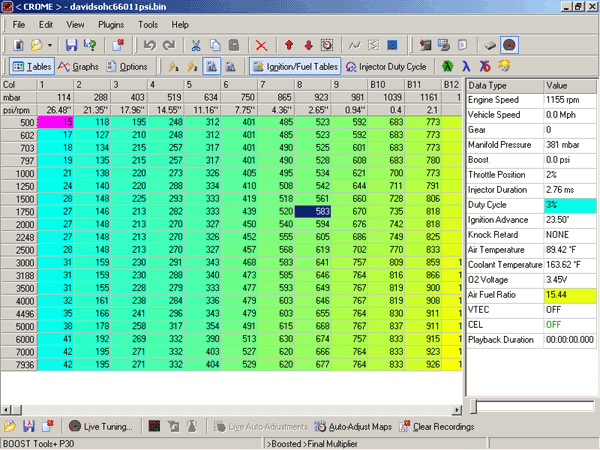
The main hindrance of Crome is finding a place or person in the UK that has the know-how to use it. It is very popular in the states with plenty of tuners able to work with it. In the UK however they are few and far between. Not only this they will also require the Crome Pro license, which will be required for extended functions such as datalogging and such, to be able to map the thing properly. There are some in the UK you just need to do a bit of research to find them. If your confident enough and have the know how, it can most certainly be learnt from the website
http://www.pgmfi.org, then by all means buy the license yourself and all the required hardware to tune your car yourself. You could certainly make a pretty penny or two from it.

Fortunately I've found someone who does. I happened upon his contact when I met a guy at one of our Prelude / HE meets. He had an Accord Turbo map by this guy which was running just over 300bhp.

His name is Craig and has set up his place called Got Boost Tuning:
http://www.gotboost.co.uk, which has a rolling road and many other equipment to enable tuning on your vehicles and all other means of servicing and engine work. They're located in Llandow just past Cardiff. He tuned this Accord I mentioned on Crome using a modified P06 ECU. He still can map on Crome so is a good point of contact for the South West and Wales area, or more if your willing to travel. Always better to have your tuner fairly close if you need problems ironed out or maps tweaked with further mods though.

So without going into the detail of actually how you DIY tune with Crome, that's about it. The vital hardware that the tuner will have are: The Crome Pro License, an emulator, a chip burner/reader/programmer, the software and leads, a wideband sensor and last but not least a dyno and good experience. I can explain each component if anyone wants more information or have a read around the many sites I have linked to such as PGMFI.org / Xenocron / Phearable / Hondata and more!
But here is the mass of parts, to show you it’s not for the everyday modder:
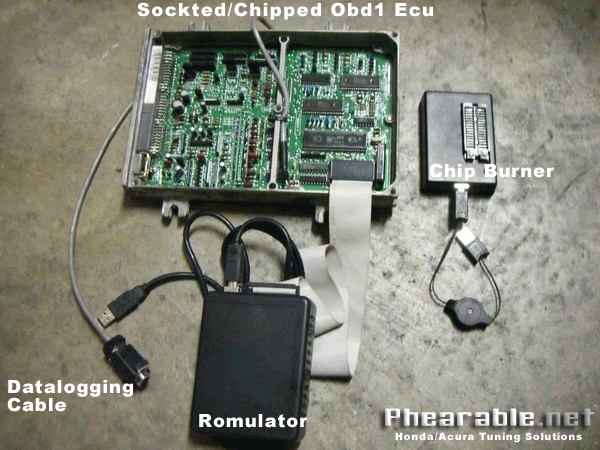
So to summarise you'll need to get the ECU, get it chipped with the correct components and then get it setup by someone who knows what there doing with a dyno tune and street tune after generally. Should release some power and leave you a very happy lude driver indeed!
If anyone needs the service of chipping there P28, etc for tuning, Craig also does ECU modification. He can also just socket the P13 ECU for the original Spoon copies I’ll be offering soon.

As mentioned there are other software / hardware now on the market which some say has better code and usability but again it will come down to what your local tuner knows and can use.
So what other options do you have?
The above is the cheaper option, depending if you have someone to hand with all the essentials mentioned above. The P28 I purchased was already socketed and mapped by someone (Don't know who???) for a good Prelude base map with basic breathing mods. Previously fitted to a number of different ludes on here including Dino’s old ¼ mile freak!

So I was already on the Crome route, so to speak. I have also since had the P28 ECU modified to install the components of the IAB’s. I have yet to have the car dyno’d with this as yet though. But now my Supercharger Build will make this option useless as the IAB plate is removed and the Supercharger installed directly onto the lower runners half of the intake manifold. Oh well, I now have other plans and this ECU will be up for sale (with some others soon).
Ok, so the other option from the Crome route is the ever popular and established brand name Hondata:

I considered forking out some more cash one day for one of the Hondata systems - S100, S200 or S300 for an engine project but the Crome mapped P28 would have been sufficient. However I obtained a Hondata S100 chipped P28 with the Supercharger kit I bought and figured this would be the route to go down. It has a basemap for a supercharged prelude with 550 injectors so says the seller. I’ve no issues to doubt him based on all the info he has given me in the past.
Hondata have made the following systems to date: S100, S200 and S300. So what are the differences and which should you get? Well it comes down to cost and usability at the end of the day. Check out there own site which has stacks of information to read on the subject:
http://www.hondata.com/sproducts.html
The main differences are the S100 is the base model which only an official Hondata dealer can map as you will need a lot of the software and hardware similar to Crome. I.e. licensed softare not freely available, the larger S200 spare for it’s datalogging facility which the S100 does not have and all the regular emulator, burner and connections. However beyond this they are essentially the same as the S200 unit in terms of the code and software. The S100 is a very small electronics board which sits in your ECU in the datalogging port like so:
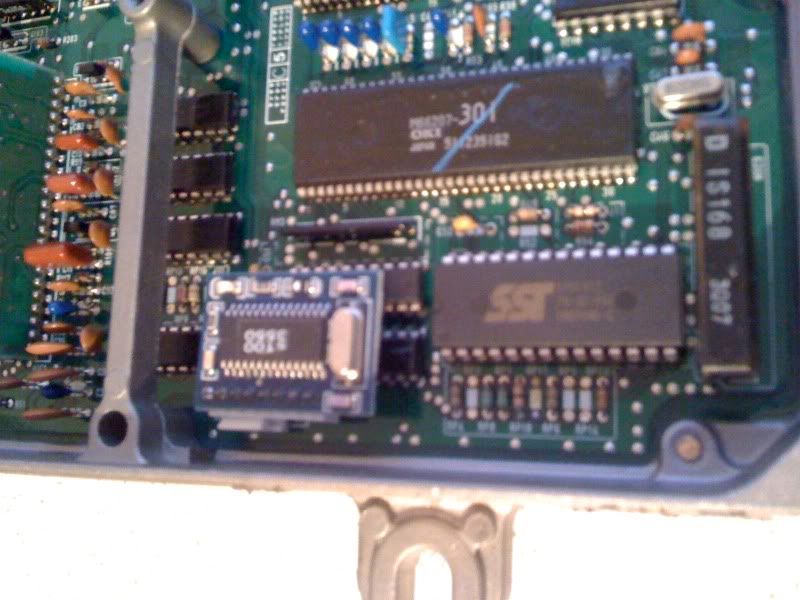
It will also have a remapped chip like in the pic above with the ‘SST’ logo.
The S100 is removed for tuning and reinstalled at the end. And is apparently vital for the ECU to understand the coding that Hondata use which is burned onto the final mapped chip. This unit is seen as the base model but provides all areas of tuning, just only for the Hondata dealer.
The S200 is the old upgraded version from the S100 for DIY tuners. It’s higher price tag provided a large unit which is external to the ECU and provides a number of other ports. The most vital being the datalogging port for tuning. It also came with the older licensed Hondata software called ‘Rom Editor’. It also added other functions such as launch control, full throttle shift and a shift light – all of which have to wired or setup. And that is all. If someone wanted to tune the car themselves with this unit you would still need the emulator and chip burner. The S200 is the vital missing link which the dealers use to map the S100 unit. Here is what the S200 unit looks like:
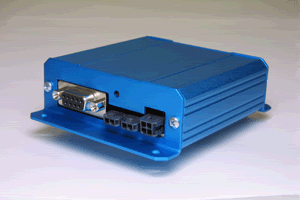
Please note though, the S200 unit / package is now discontinued. You can no longer buy this unit as the newer S300 unit does everything and more (and has a higher price tag!

). So S100 units can only be tuned by an official Hondata dealer, such as CPL Racing or Abbey Motorsport. Check with CPL Racing (official distributor) if there is a local dealer near your area. Some other non official places have old S200 units and software and the means to tune your vehicle, one of which I have been told of is Artech Tuning:
http://www.artech-tuning.co.uk/. They are building a good reputation for tuning some serious Honda’s recently.
The S100 and S200's aren't miles off of the Crome systems in essence and many will say the time and money gone into the code and software of Hondata is a better system.
Beyond the S100 and S200 units is their flagship model, the S300 unit. This piece of kit is very good and they have pushed the technology further from the S200 unit. The main points to note are that it utilises all the functions of the S200 unit but it is now installed inside the ECU and there is only one connection piece required to run everything and this is a USB port which is accessed via a cut out in the ECU’s casing. Like so:

In addition the unit has its own flash memory to store the maps and variables and run them and any changes in realtime as your tuning. So no having to use an emulator or reburn a new chip when your done tuning. It also has the datalogging in built even with memory to store up to about 30 minutes of datalogging without having your PC/Software connected – handy for serious tuners to check performance of their maps when out on track. It also adds more functions in the updated Software called ‘S Manager’ which is a freely non licensed software now, downloadable from their site. It’s best to review their site and see if this unit is for you, but expect to pay in the region of £420-450 for the unit alone. Then you’ll need the ECU and modifications performed. Please note the ‘chipping’ of a P28/P72 for an S300 unit is slightly different than the S100/200 or Crome/etc – main point is the main 28 pin EPROM fuel/parameter chip is not switched for a female socket, instead it has male pins installed for the S300 to slot into. Like so:
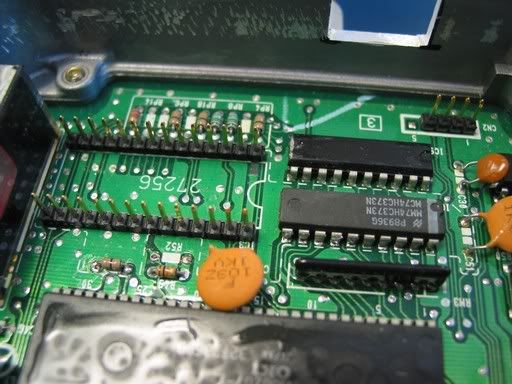
The S300 has some other features which you can read about and other connections such as 3 instead of 2 (S100/200) spare output controls for the likes of nitrous or whatever and connection for a PWM boost control solenoid. This is great for Turbo applications to control boost levels like many other turbo timers/controllers. Check out there website for full details on features and useful information:
http://www.hondata.com
So it's one or the other depending on budgets and tuners. And it will always come down to this at the end of the day. I must stress though If you want to go for the Hondata S300, it is installed differently to the standard socket on Crome chips, but either can be retrofitted
Once you have decide on one of the above you then need to find someone trusted to solder either item into the ECU. Of which I found out on my old P13 ECU, can be very annoying if they damage things.

So make sure they're up to the task. Hondata in the states can supply you a readily installed Hondata equipped P28 (or P72) which will also be covered under warranty, but of course will come with a price tag. There are a number of other companies in the states that can supply a pre-installed system also, so get googling to find the major players (Xenocron, Phearable, etc). However, if you have already bought a standard P28 ECU second hand then you'll be looking to get it installed. You can send it to Hondata or other companies or you can buy the Hondata system and arrange your own installation. Hondata should come with instructions to install and I think they're on their site. Similarly Socketing for Crome can also be found on the website
http://www.pgmfi.org.
Please also note that for the S300 the ECU casing will need to be cut to allow access to a datalogging cable or the Hondata USB port.

Not hugely important for Crome as the ECU case lid will be off when the tuner has an Emulator installed anyway. But not a job for the shy as you don’t want to damage anything on the board.
Of course, official dealers of Hondata should be able to ‘chip’ your ECU’s and I of course recommend Craig’s services at Got Boost Tuning. Post it to him, he’ll sort it and post it back – call him for a quote if your interested.

In terms of Crome though, seriously check out
http://www.pgmfi.org for all you can read on it. I've barely scratched the surface on all the info on there. Plus they have free downloaded maps (bin files) for base maps and peoples own tunes for you to run the car to the dyno.
 A LITTLE TANGENT ABOUT IAB’s
A LITTLE TANGENT ABOUT IAB’s
Another point that I helped Nathan with a while back was a little write up on the use of the Preludes Intake Air Bypass Valves (or IAB's as they're often referred to) which sit in the dual runners of the intake manifold. Not anything for my project as they will be removed but worth copying the info here for all to read.
The common P28 board for the Civic is unable to run a number of items on the Prelude, one of which being the IAB's. Please read the Workshop Manual on what IAB's do for the H22 engine please, as this would be another essay to explain fully. But here is a clear pic of the IAB plate for reference:
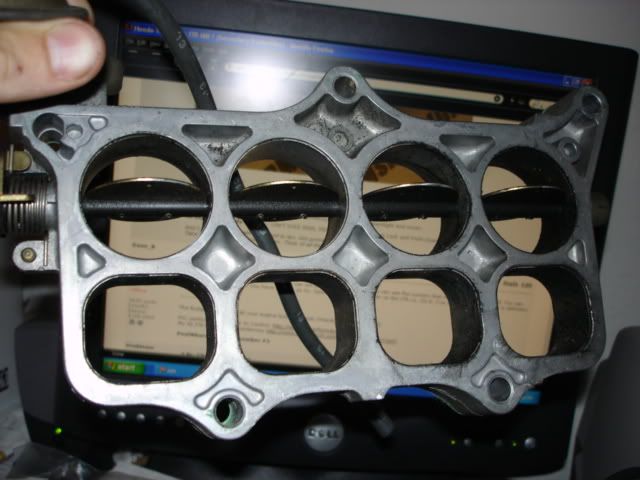
A simple method to have working IAB's is to have the relevant bits and pieces soldered onto the P28 board to enable this function.

Check out
http://www.xenocron.com/ for lot's of goodies including the necessary hardware to buy and instructions to install IAB functions. May as well if your gonna get someone to solder it all in – Got Boost can do this no problem and supply the parts.
As well as IAB's, the P28 cannot control the EGR (Exhaust Gas Recirculation) system, which is why I plan to bin all EGR bits on mine. Although my emissions will raise slightly - it should still be fine for MOT's. At least I won't have dirty hot exhaust gases going back into my engine! I have bought a block of plate for the intake manifold from the states which enables the removal of the valve and seals the intake backup - about £10 delivered, but it's pretty basic piece of metal. I will take a template of it if anyone wants to get their own made up. Just make sure to add a little instant gasket to the edges and you need some new bolts - not sure what size (I'll add this to this post when I install them). You can of course leave it all in, especially if for some reason you need to put the P13 back in as it will throw a CEL light if you removed the EGR parts.

But from gains on the P13 and working IAB's - I couldn't see a reason not to bin it - plus it will help tidy up the busy engine bay.

Also, the P28 can't run the knock sensor, so if your's is a JDM then it'll just sit there and do nothing. Personally it's not a problem for my UKDM, which never had them from the factory. But it isn’t that big a deal on JDM's, as from what I've read it only retards the engine upon detonation below VTEC engagement anyway. Pretty pointless from a design perspective on Honda's part as the real risk of detonation is most likely at high rpm's. I guess if there was a significant fuelling issue it would save the engine low down. So anyway, that's that. At the end of the day if it's been tuned properly on the same fuel you'll always put in (higher octane will help avoid detonation

), your car should be safe (don’t hold me to that statement though!

).
I think there may be some others items disabled with the P28. I know the Idle Air Control Valve (IACV) needs modification on OBDII vehicles i.e. the 5th gen, but mine is ok on that front.
So a few things to know, read around on those links and then decide which way you want to go.

Now onto some other options that I have tried or considered to alternatively run my IAB's.
Firstly you should know that the IAB's supposedly open a bit before VTEC - I've read 4500-4700ish??? With VTEC then at 5200rpm. Now there must be particular reason for this in Honda's design. However my current map in my P28 is already kicking the VTEC in at 4750rpm. So I needed something close to the 4000rpm mark (or so I think/thought).
Also the IAB's work opposite to a throttle when the engine is off, they are open at this point, but when you fire it up the IAB's close due to a vacuum let into the diaphragm valve from a solenoid. Upon opening of the IAB's from a grounded signal from the ECU the solenoid closes and stops vacuum getting to the valve. But keeps the vacuum in reserve in a small airbox space before the solenoid (black box that sit's underneath intake manifold). No vacuum in the valve the IAB's open as if the engine was off (with no vacuum). When coming back down out of the rpm limit the solenoid is then cuts the ground signal which in turn opens and releases the vacuum from the airbox back into the diaphragm valve and closes the IAB's again.
That's my best understanding of them so far, but don't flame me if some details aren't 100%.

So options I've read up on are:
1) Use the vacuum line directly from the IAB's valve to a point on the intake manifold. The intake manifold will have a constant vacuum - closing the IAB's. But should lose vacuum on near full open throttle and WOT. This would be fine for everyday driving where your not flooring it - regaining your mpg. But pointless in a racing, fast road situation where you'll be WOT as much as poss - so still losing that low down torque when pulling away in first. While I was at Japshow, I bought some spare vacuum hose and tried this with the missus in the car. They closed on engine start up but when she floored it (said her foot was to the floor) I didn't even see the IAB valve move. So annoying, but not really an ideal fix anyway.
2) Use the vacuum line directly from the intake systems resonator chamber system. There is another similar setup of solenoid/airbox and diaphragm valve on the resonator, as some may well have found out from removing the resonator after fitting an induction kit. It sits just next to the battery. So mine is essentially redundant and I've been meaning to remove it. This supposedly kicks in at 4,200rpm But again tried it at Japshow with some spare hose and the missus in the car and nothing, no movement at all. So either I did something wrong myself or it is another feature only on H22's like the IAB's. i.e. Civics don't have them? Not sure if anyone can confirm this? So Strike two no good either.
3) Third option, which would have been the last thing I tried after number four which seems feasible now after some hope from Rich at Performance Autoworks. Soooo...this option was to use a separately powered rpm activated switch, the likes of MSD do such an item, but they're around £100+. Hence why I was going to leave it till last. It is wired to send a power signal at a certain rpm (which is set as you please with an adjustable knob). So this would have to run to a switch on the ground signal to the solenoid using a relay. Sounds easy enough, but costly. I then thought that a variable shift light that you get on large tachos would do the same job - just use the power to the light to run to the IAB solenoid. Genius! Was gonna settle on this until...
4) Wire the feed that the IAB solenoid needs from the VTEC solenoid. So depending on whether it's +ve or -ve will depend on how I wire it up as above. This way the IAB's shall open as the VTEC cam changeover takes place. Not ideal as all VTEC engines with IAB's (H22's and B18's) have them open early approx 500rpm or so. So not ideal and originally I was going to rule this out and start looking into option three above. Then on PUK Rich of Performance Autoworks mentions this is how he has tuned alot of Preludes and tegs and I would certainly trust his skilled knowledge TBH. You may want to set up a separate feed from the VTEC signal to hit a relay or two anyway especially if like me you already have a VTEC light wired up to your dash, so you don't want to be draining too much voltage to the all important VTEC changeover.

Right. Get all that? Or have I lost you all?

In all honesty if you want to keep IAB’s, either buy the more expensive P72 or get the components installed in the P28, then in the software you can just type in your required rpm IAB point and save – SIMPLES! Speak to Rich at Performance Autoworks though as he has tuned the IAB’s out completely and still made very modest power increases.
 BACK TO MY BUILD!!!
BACK TO MY BUILD!!!
Nearly loosing track of my own project now with all my waffle!

Well I actually ended up purchasing a near new Hondata S300 & Hondata modified P28. The P28 has all the usual components for a Hondata S300 system but it also has the additional parts installed to run the PWM boost solenoid option – mainly for turbo applications. But nice to know it’s ready if one day I went in that direction or again to add to its sellability one day. The actual S300 unit was only 3 months old when I bought it and is still under warranty by CPL Racing, it is boxed with all instructions, software CD, USB lead, stickers and a spare bag of components to chip another P28 (with the male pins for the S300). All in all a good purchase albeit a pricy one. Here it is:
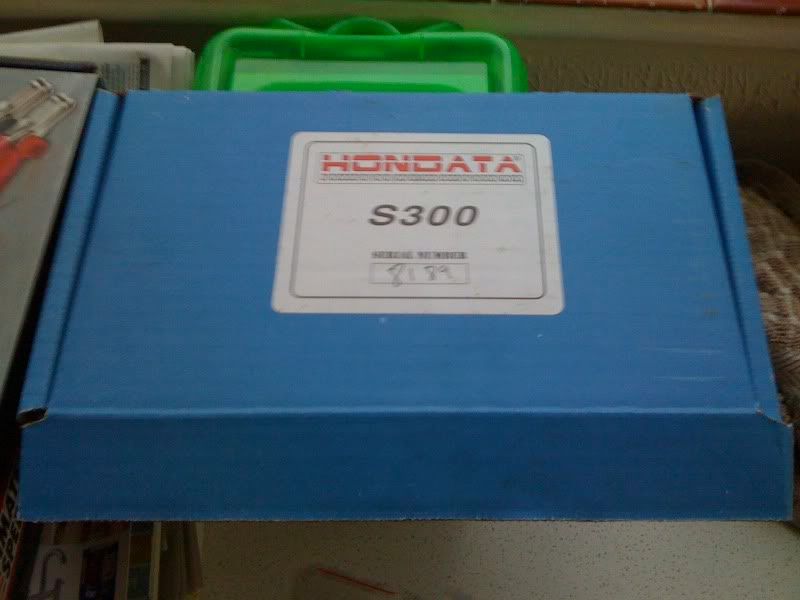
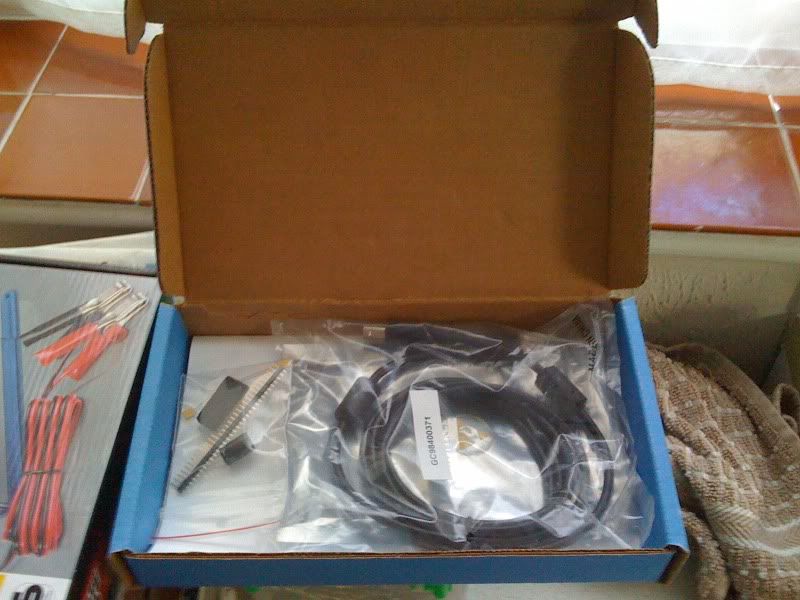
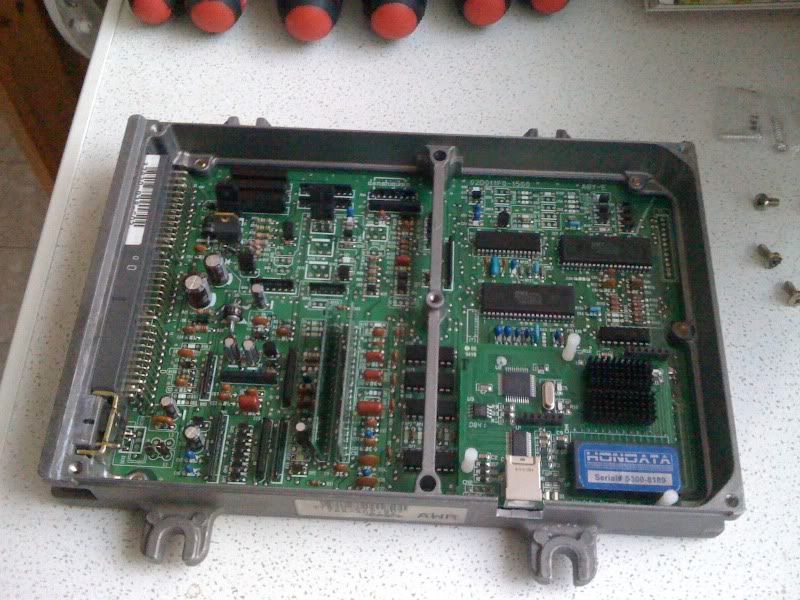

So this means my other S100 / P28 unit will be sold. I already have some
interest otherwise I’ll put a post in the for sale section. More suite for someone in the South / South East area for CPL Racing to tune I’d say.

I will run the P28 / S300 with my supercharger, removing my top intake and IAB plate and also removing the EGR valve and associated parts and fitting my block off plate (havn’t got a pic to hand). The 550cc RC injectors will be installed and the resistor pack removed and rewired as per my last section – fuelling. Then it’s simply a case of adding one of the many basemaps in the S300’s library to the unit and to drive very reserved to my choice of tuner. Luckily there are two H22 supercharged basemaps already in the library. One is for the 6psi kit using 440cc injectors and the other is a specific 9/10psi kit using 550cc injectors – the second being perfect for my build. It is beyond a basemap and is confirmed in Hondata’s forums as being this reviewed full map completed on a SC 5th gen in the states:
http://www.hondata.com/dynoh22ajrsc10lb.html
I must stress a basemap is not setup for your car, especially from the US! The ideal situation would be to trailer the car to a tuner. It is only a starting point for the actual tuner to map your car on the dyno. So do as you want, on your own back. You have been warned!
I have decided to go to Got Boost Tuning in the end to do my mapping. I figure he has his own dyno, prices are reasonable, he’s mapped a handful of SC’d Honda’s and most importantly all my base power runs have been done here to make a clear power hike increase. However, the way things are going with progress and (cough!) other news it may not be complete for a long time now. More on that in my next post.
So that’s about it without going into specifics of how to tune, which is a book in itself – one of which I’m not qualified to write!

Thankyou for listening, god bless and good night. Ah Thankyou….

Any questions just ask people!
